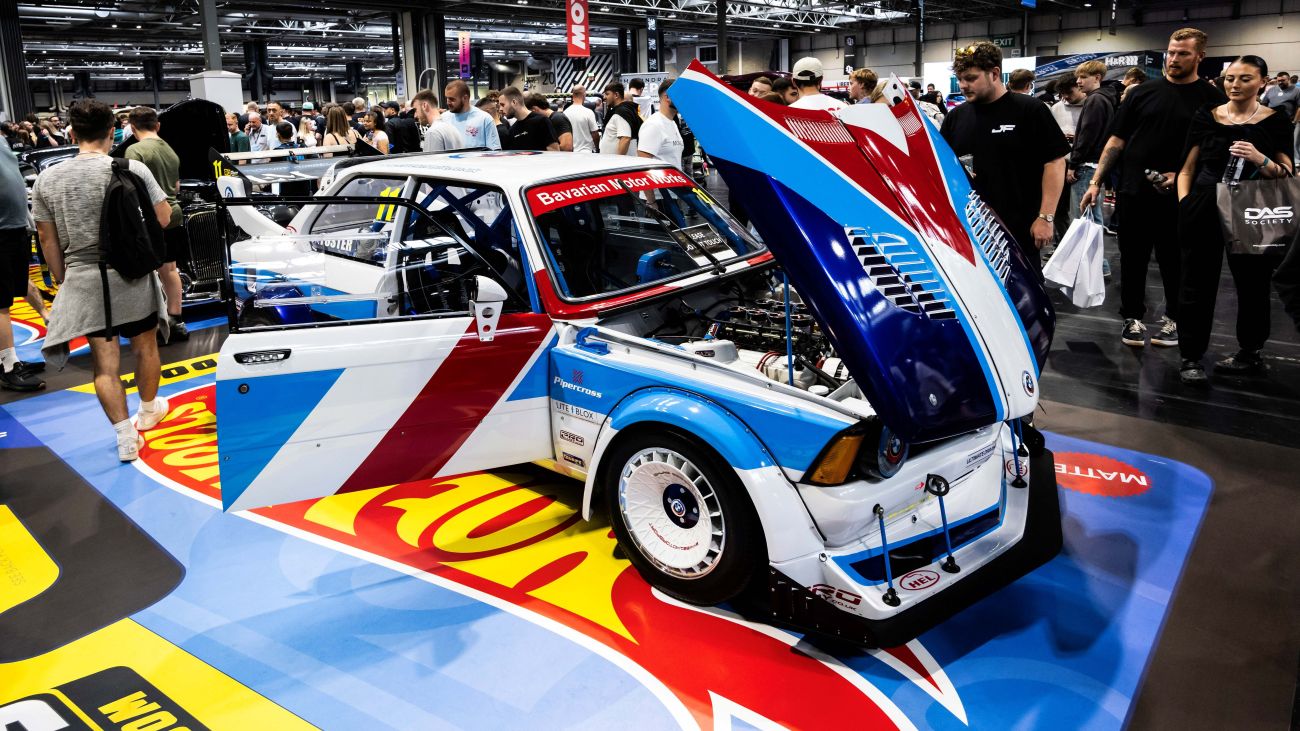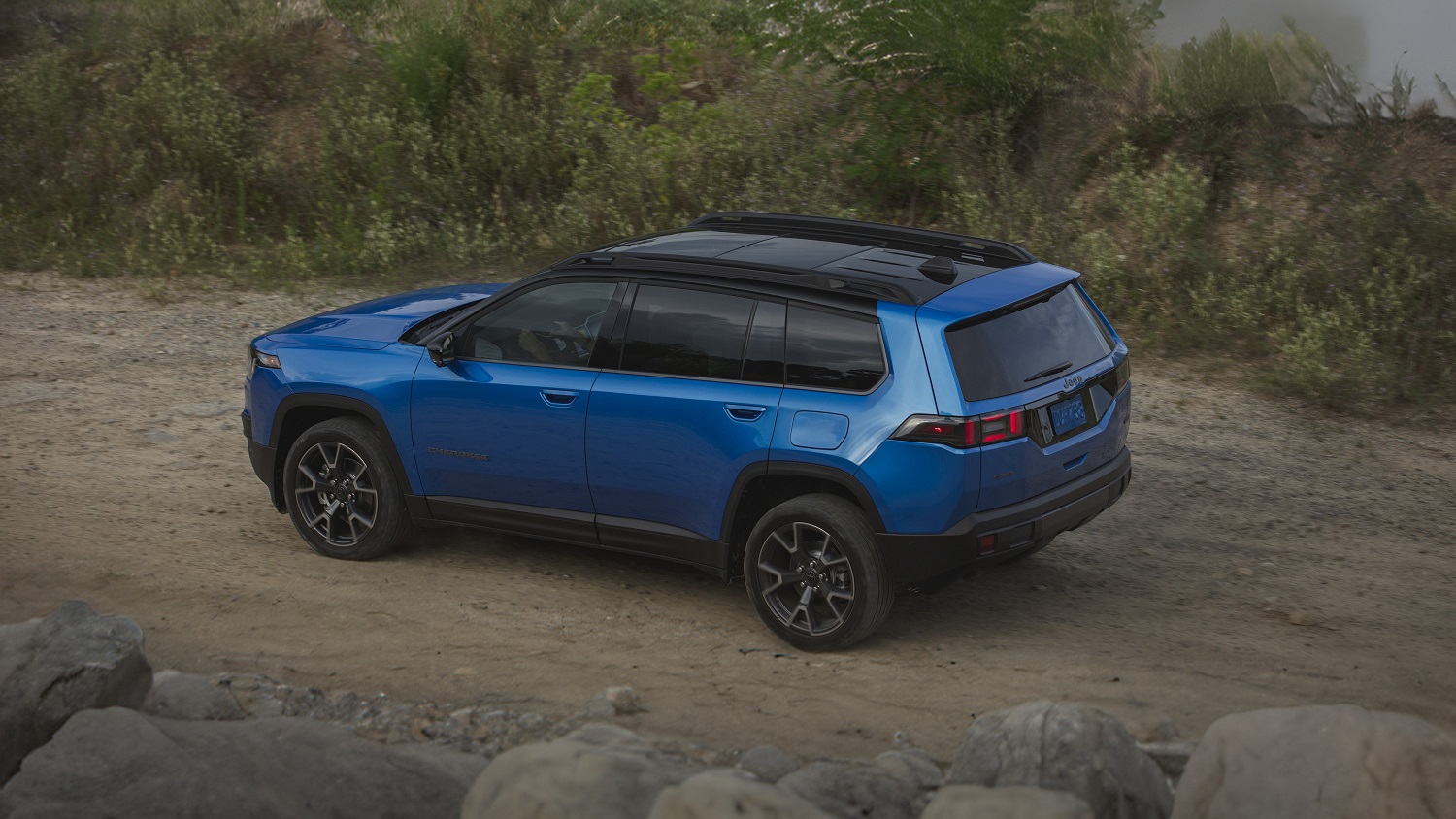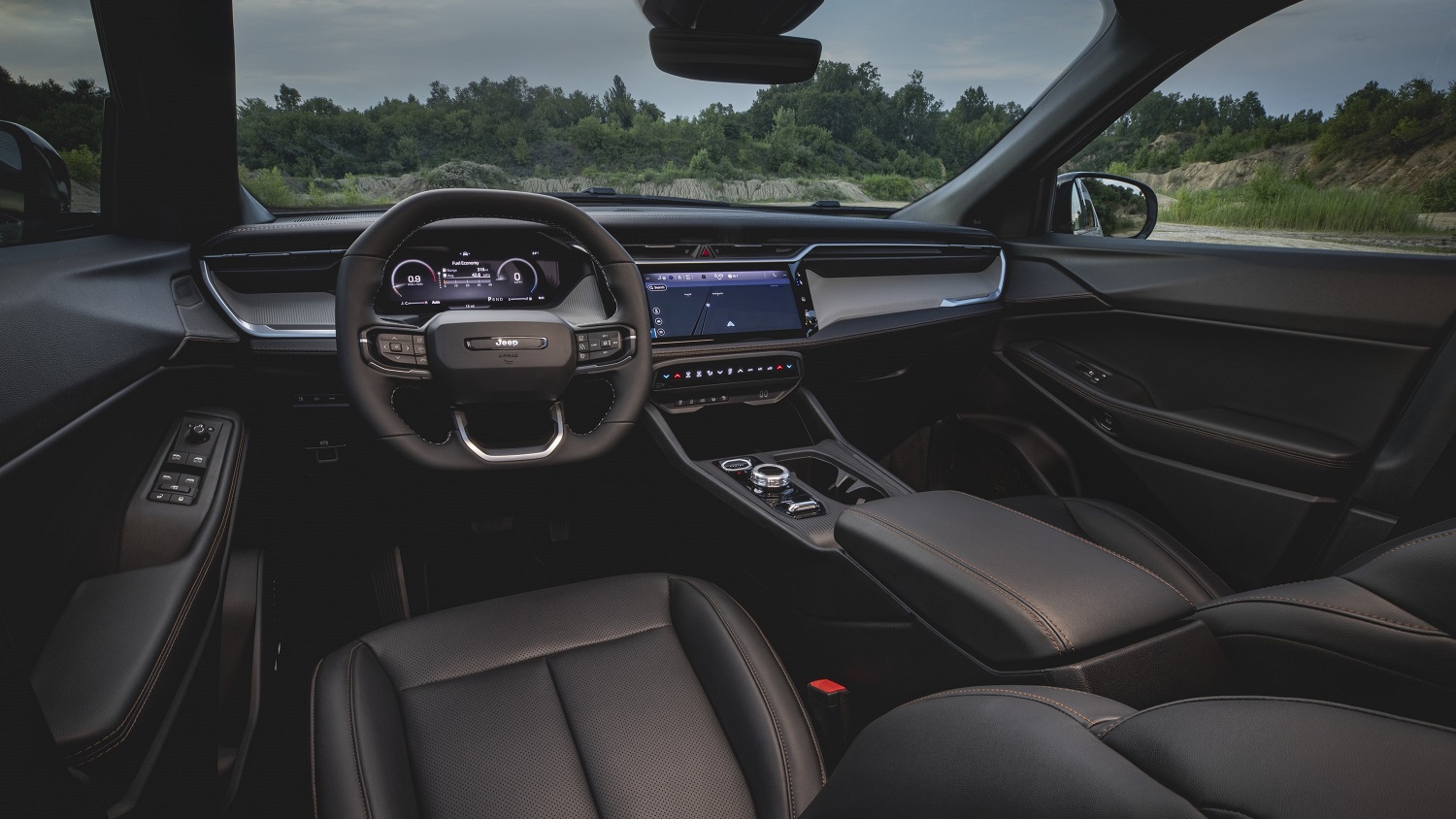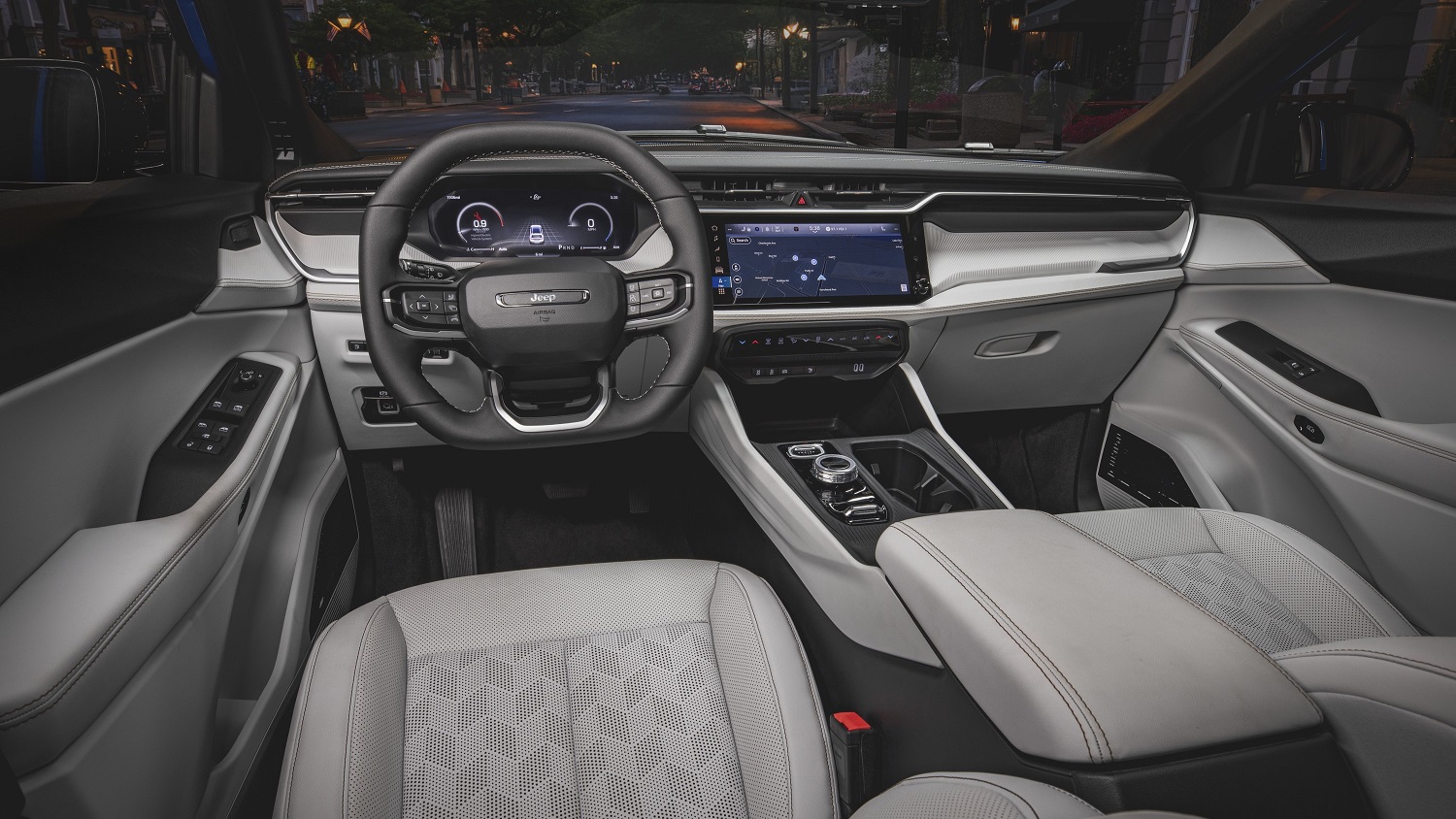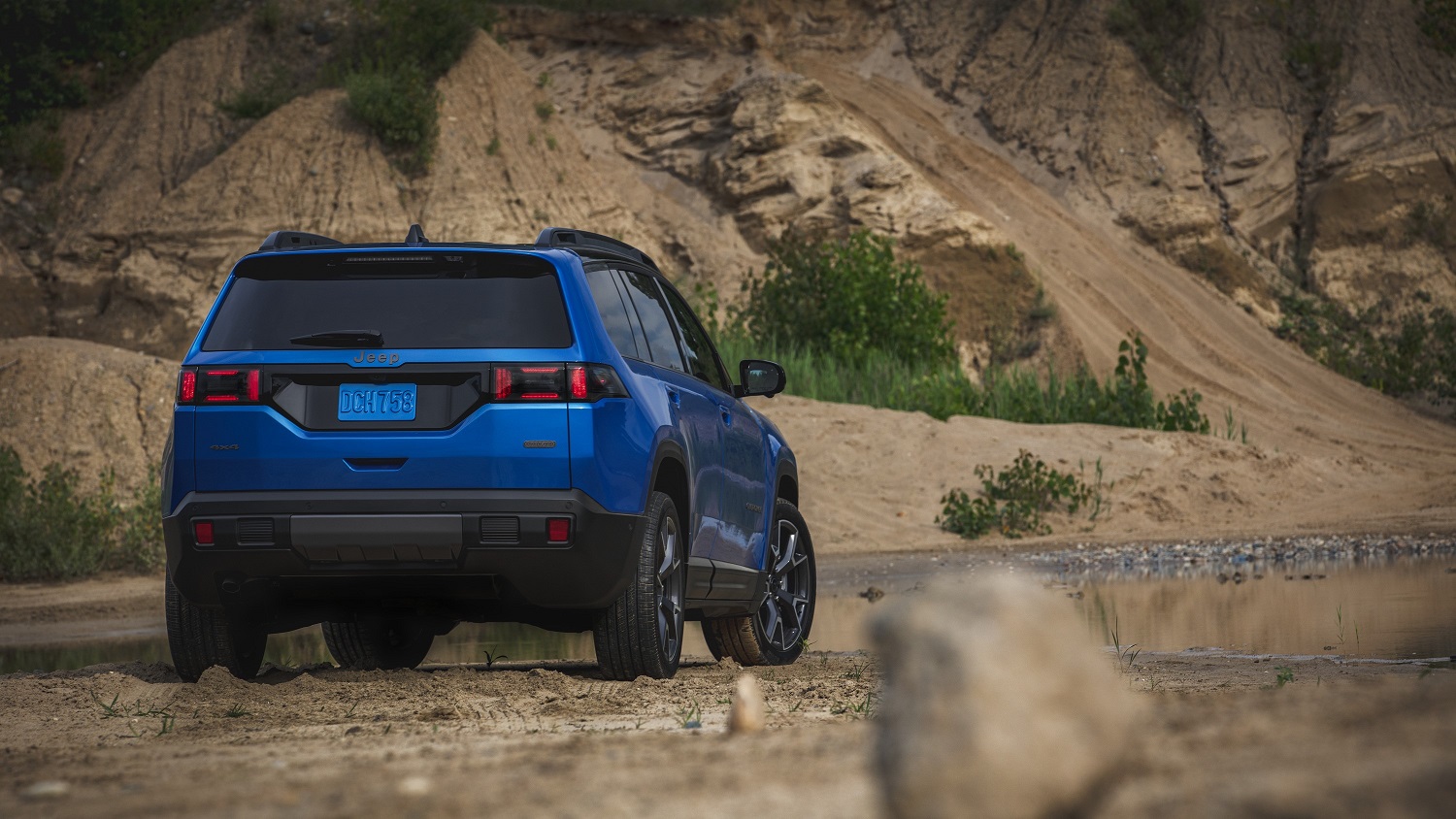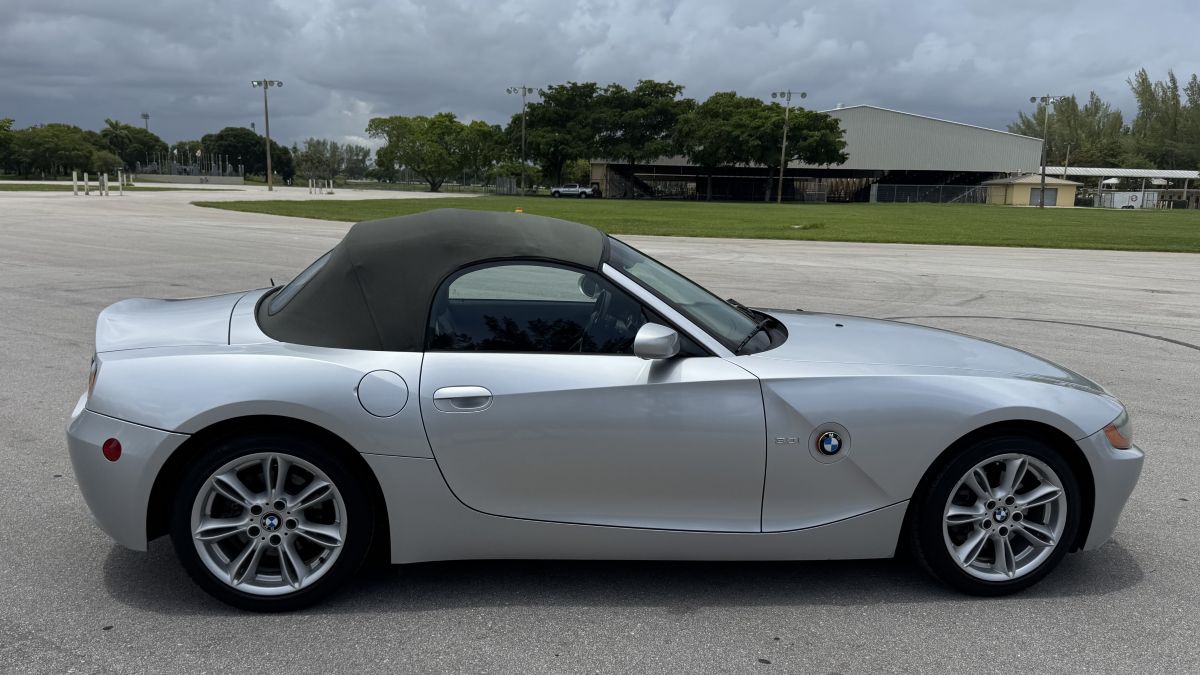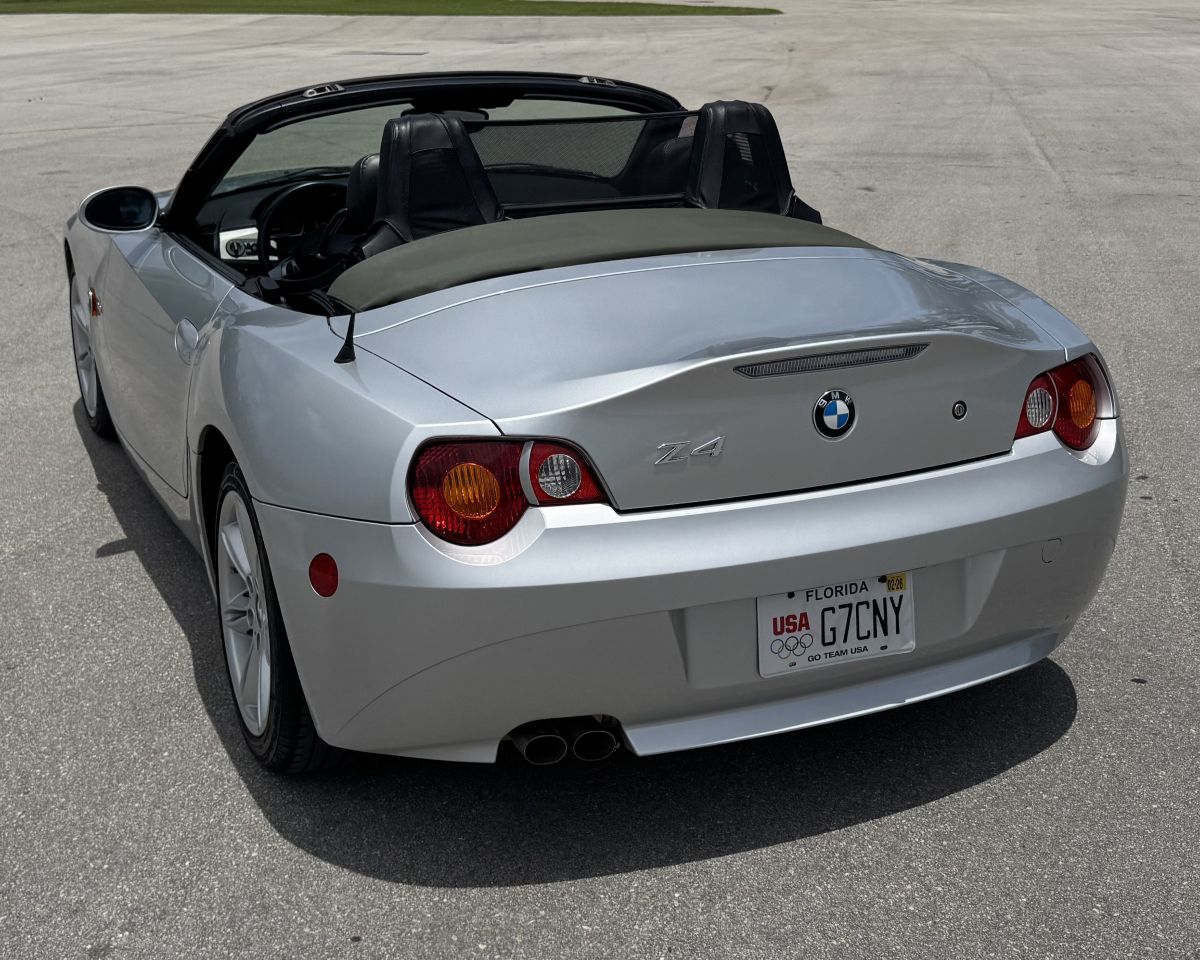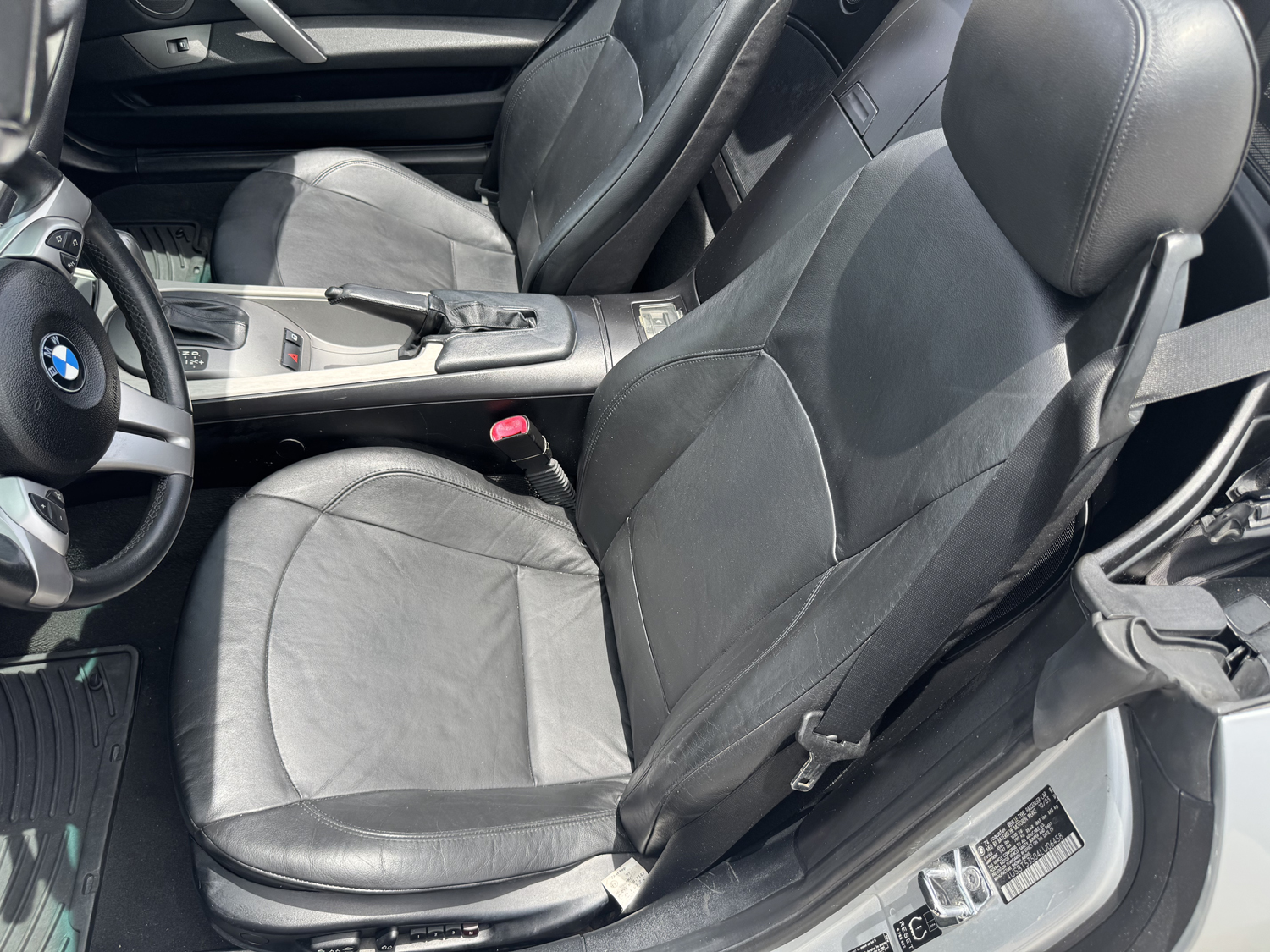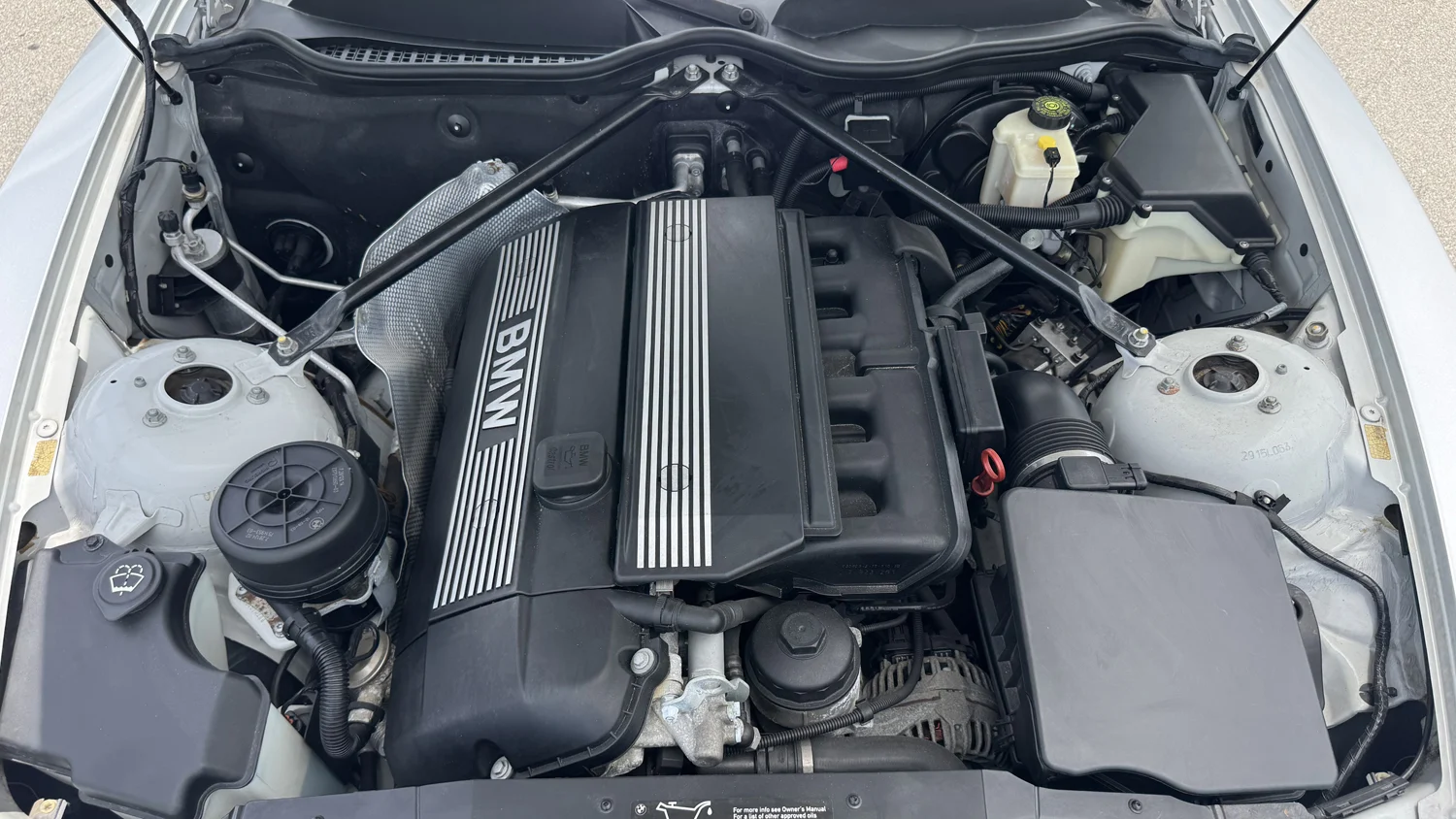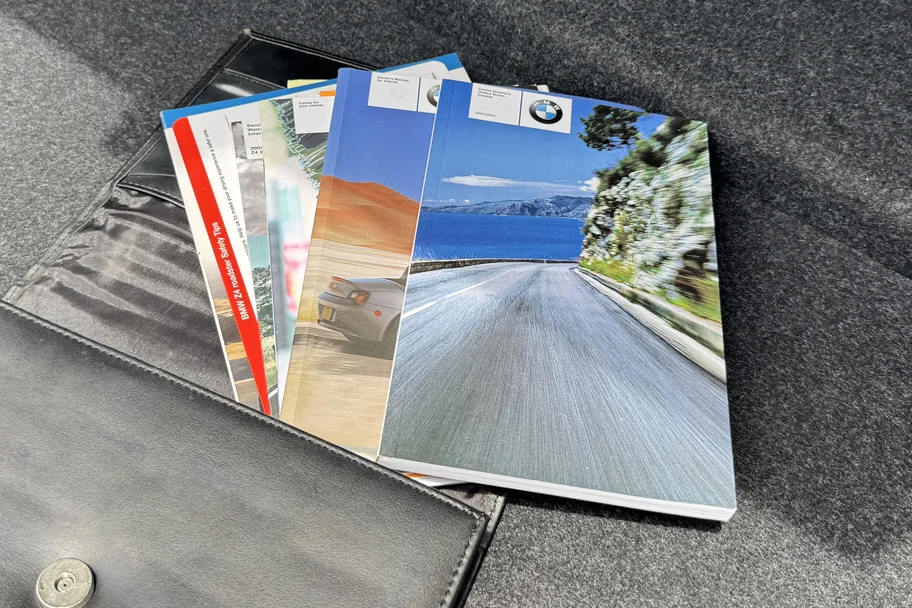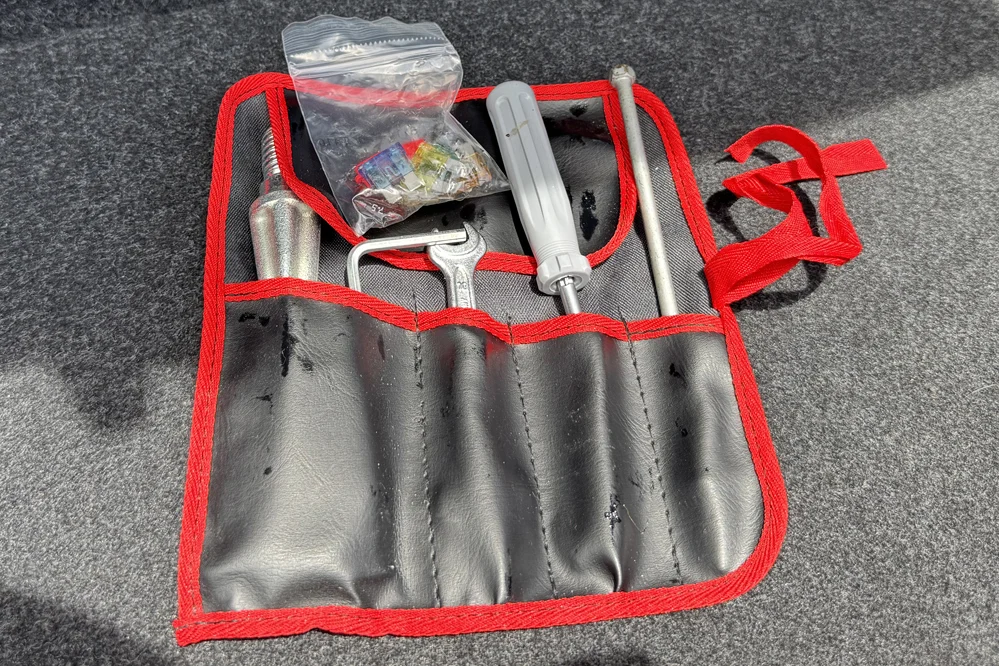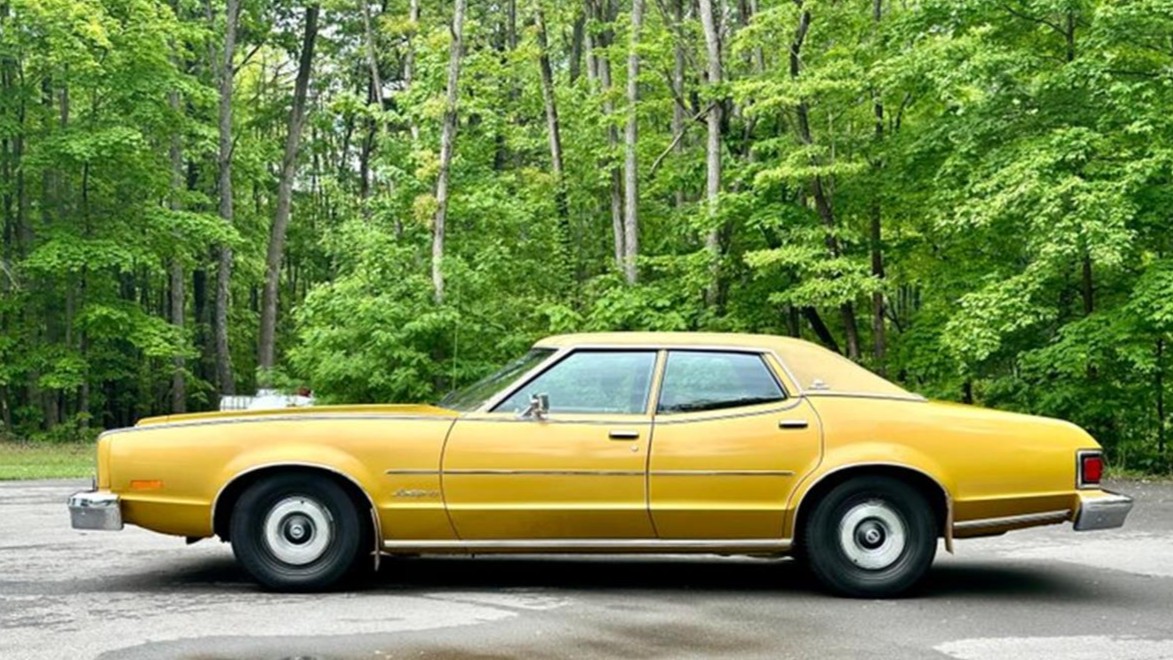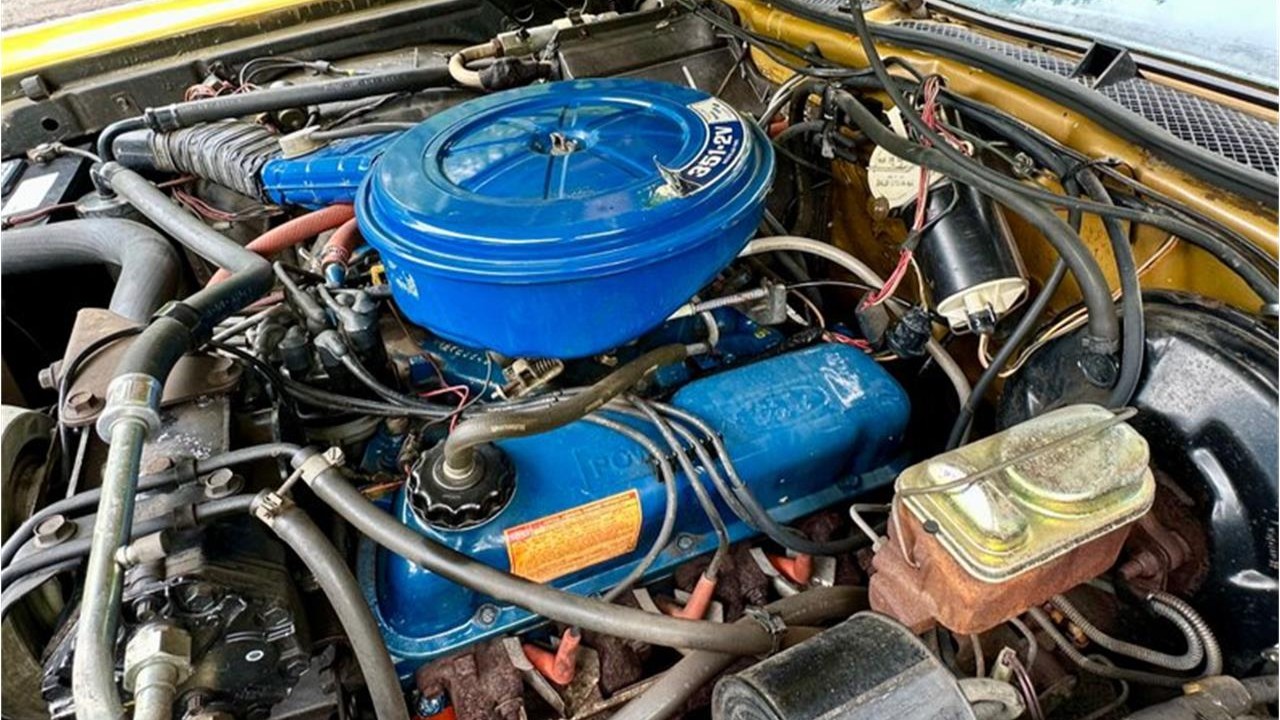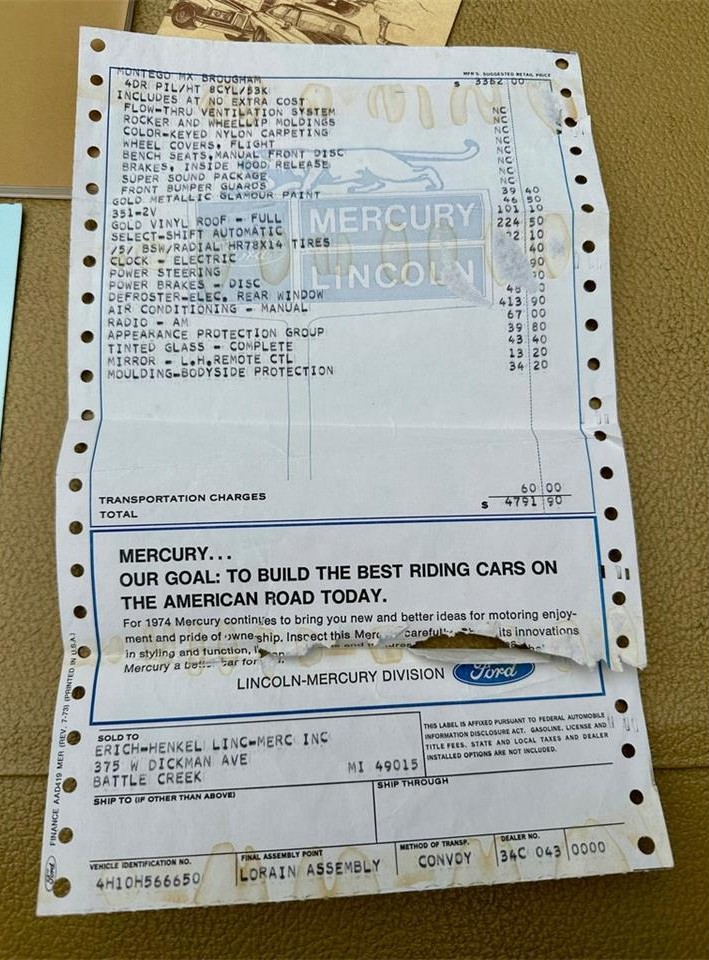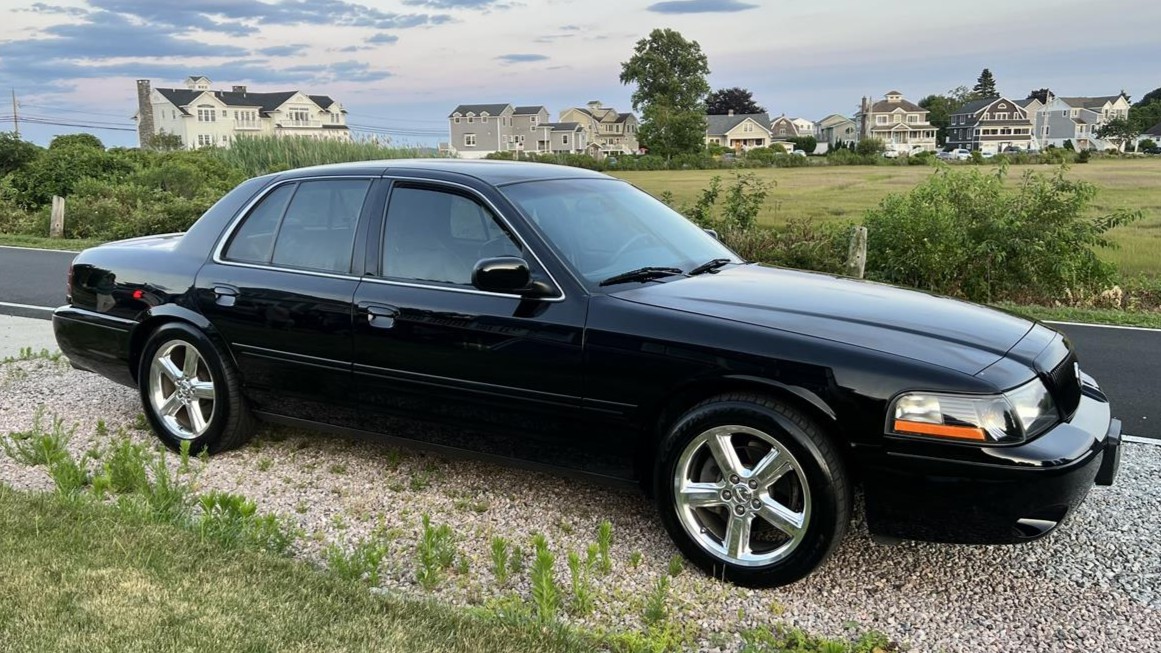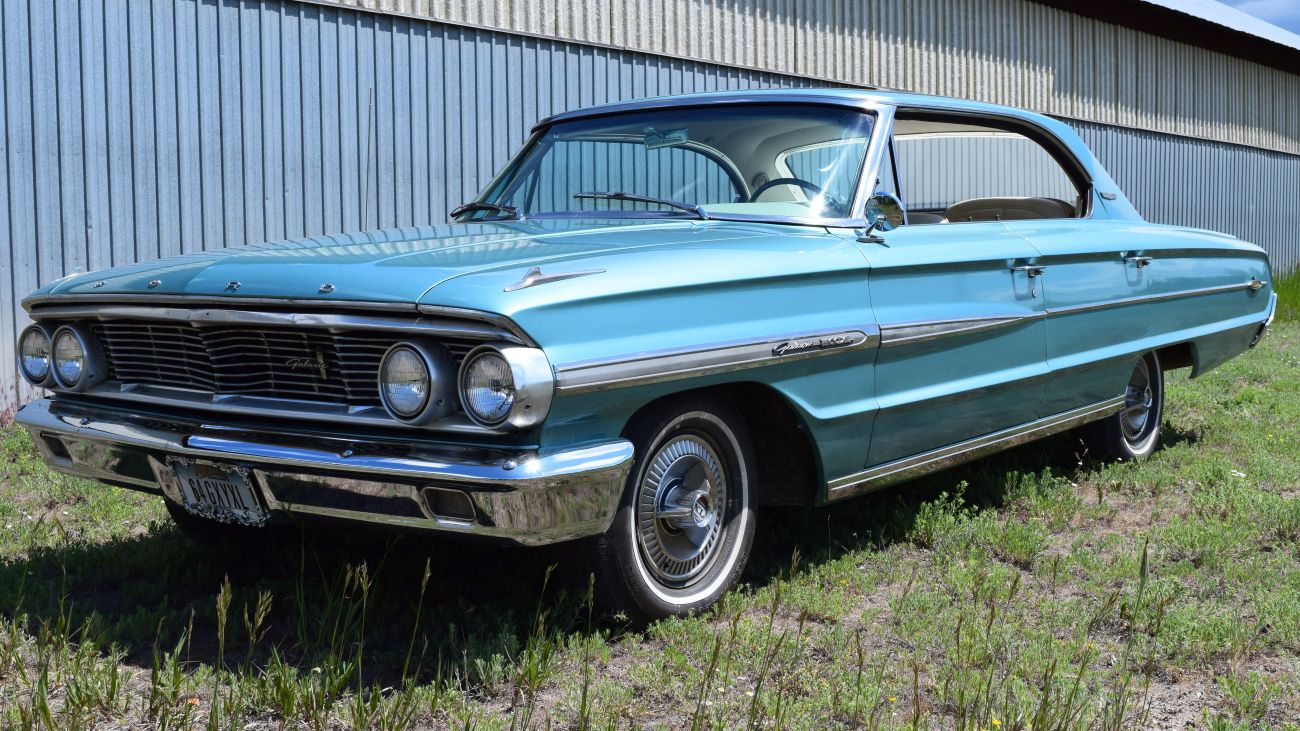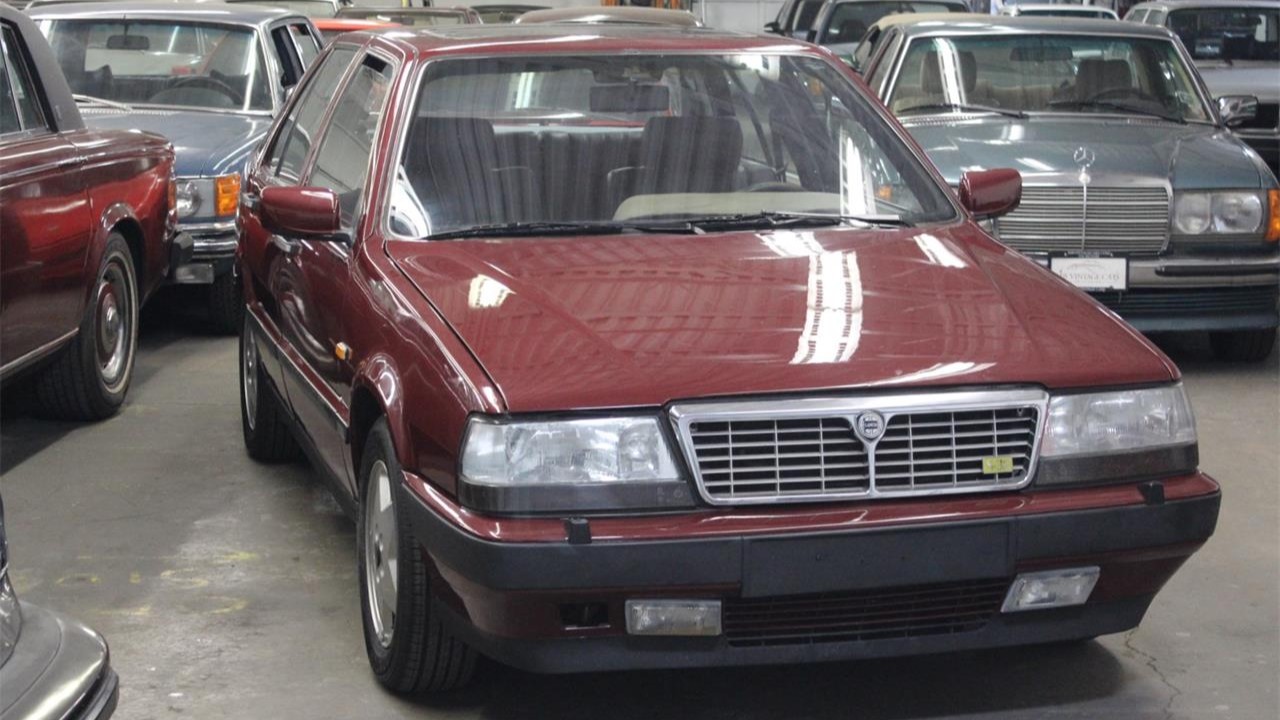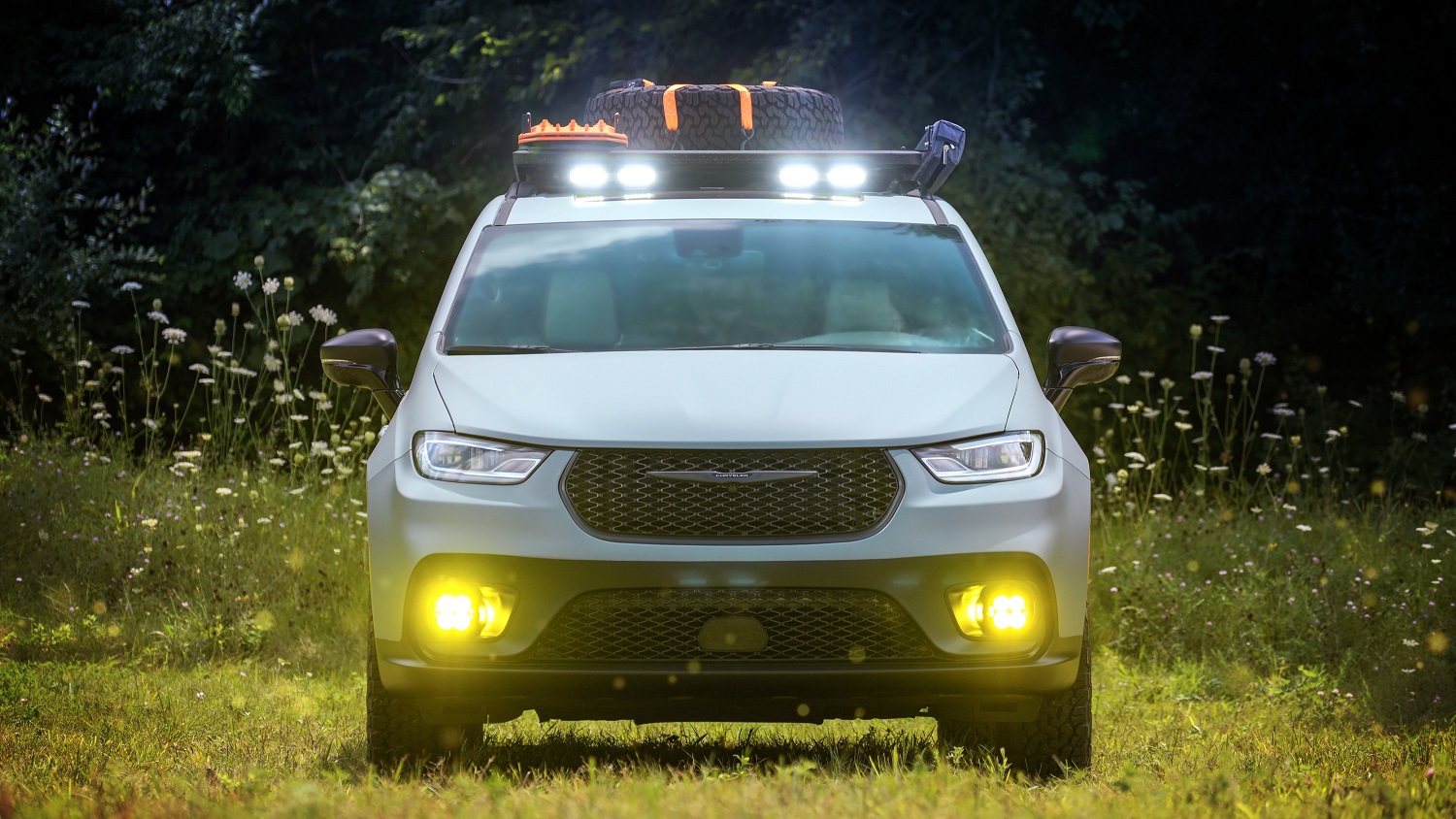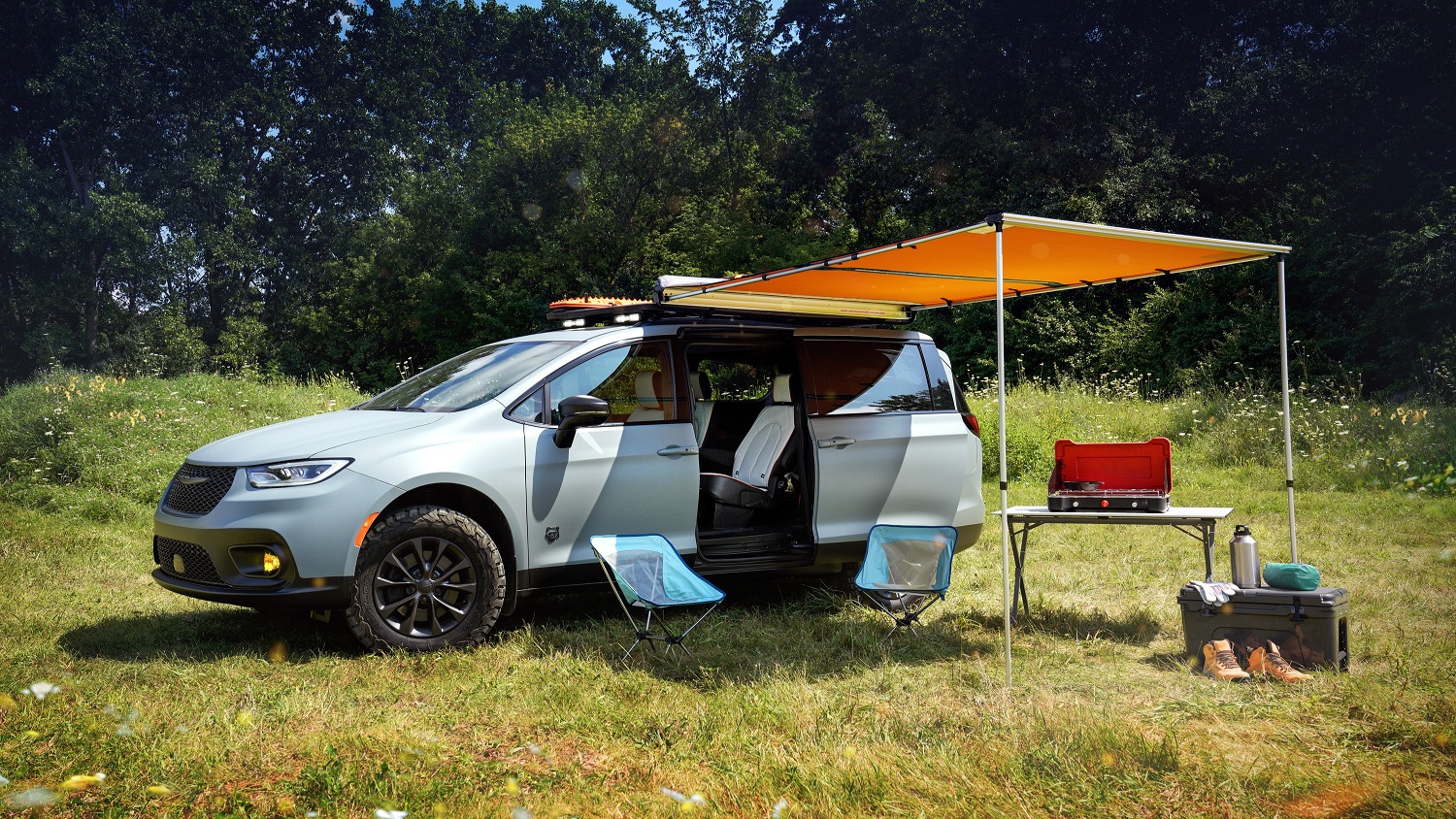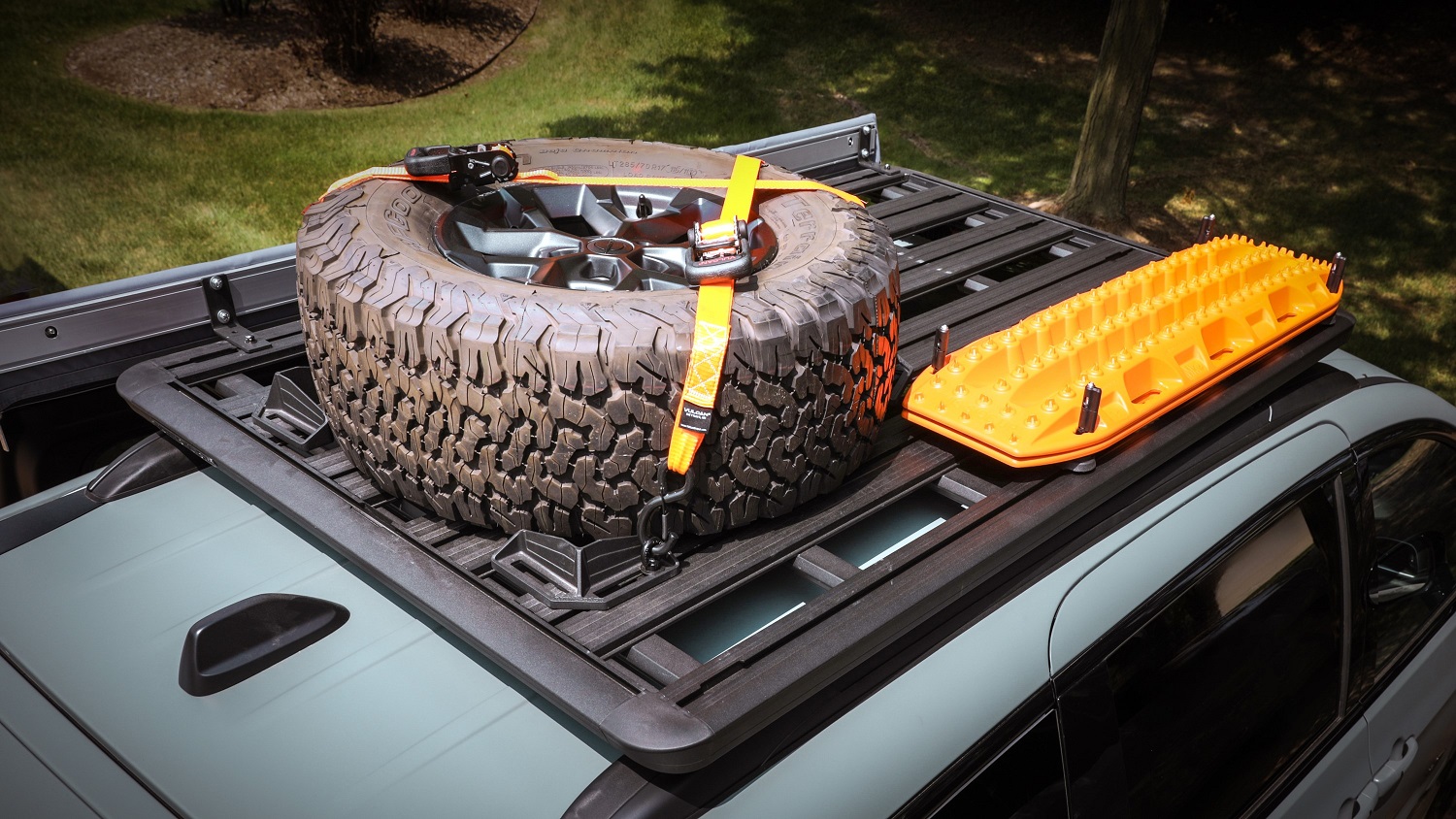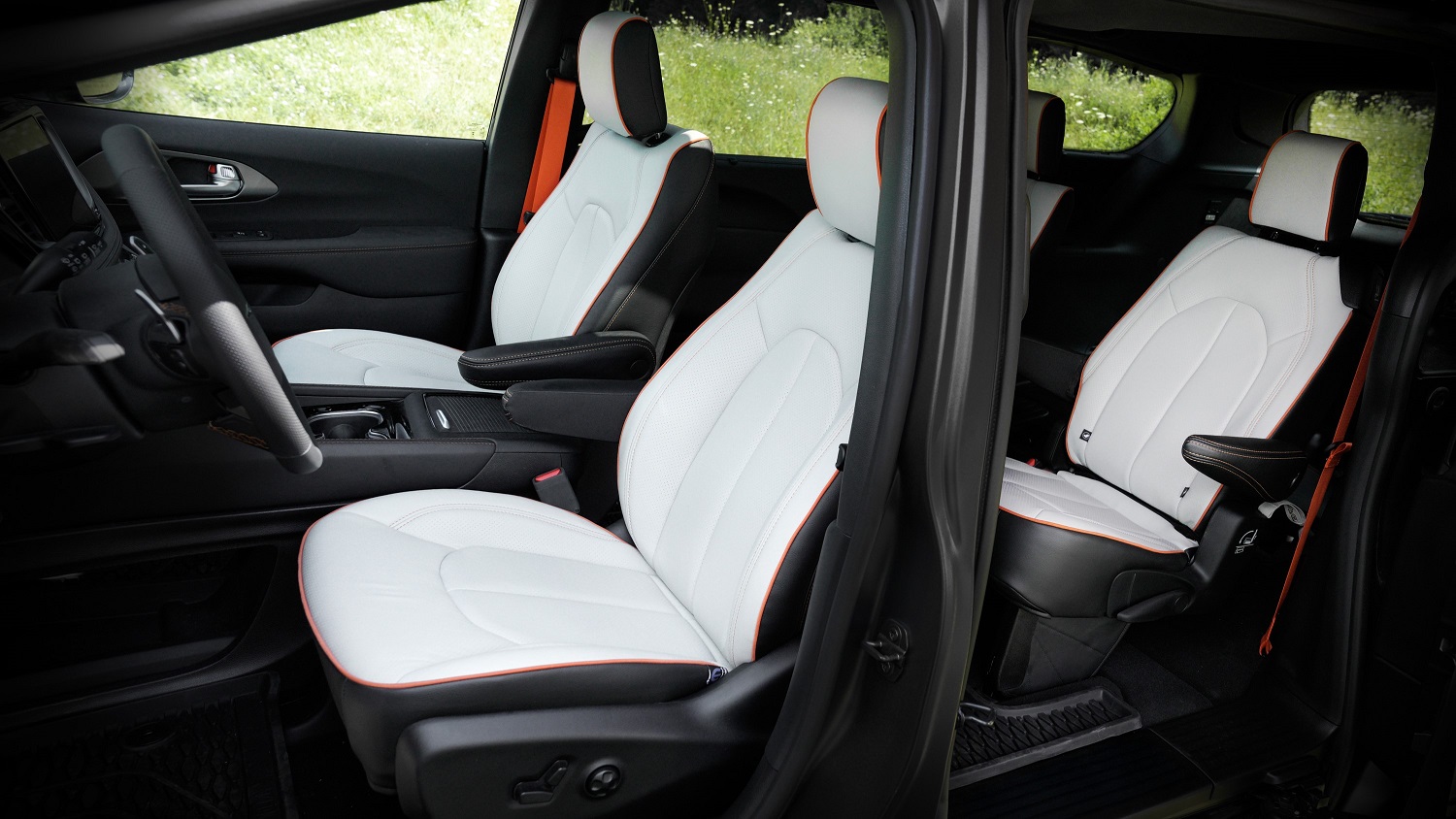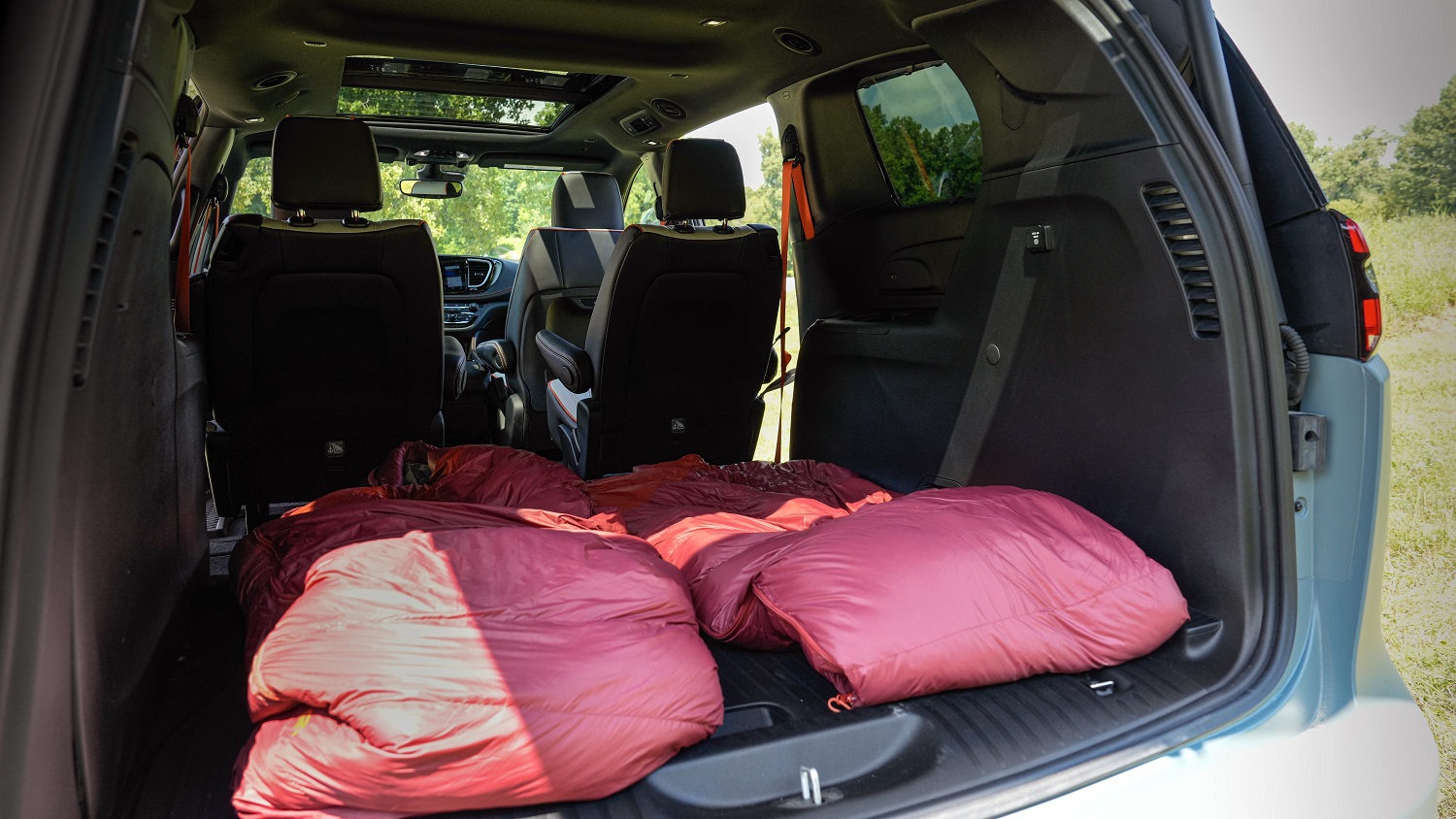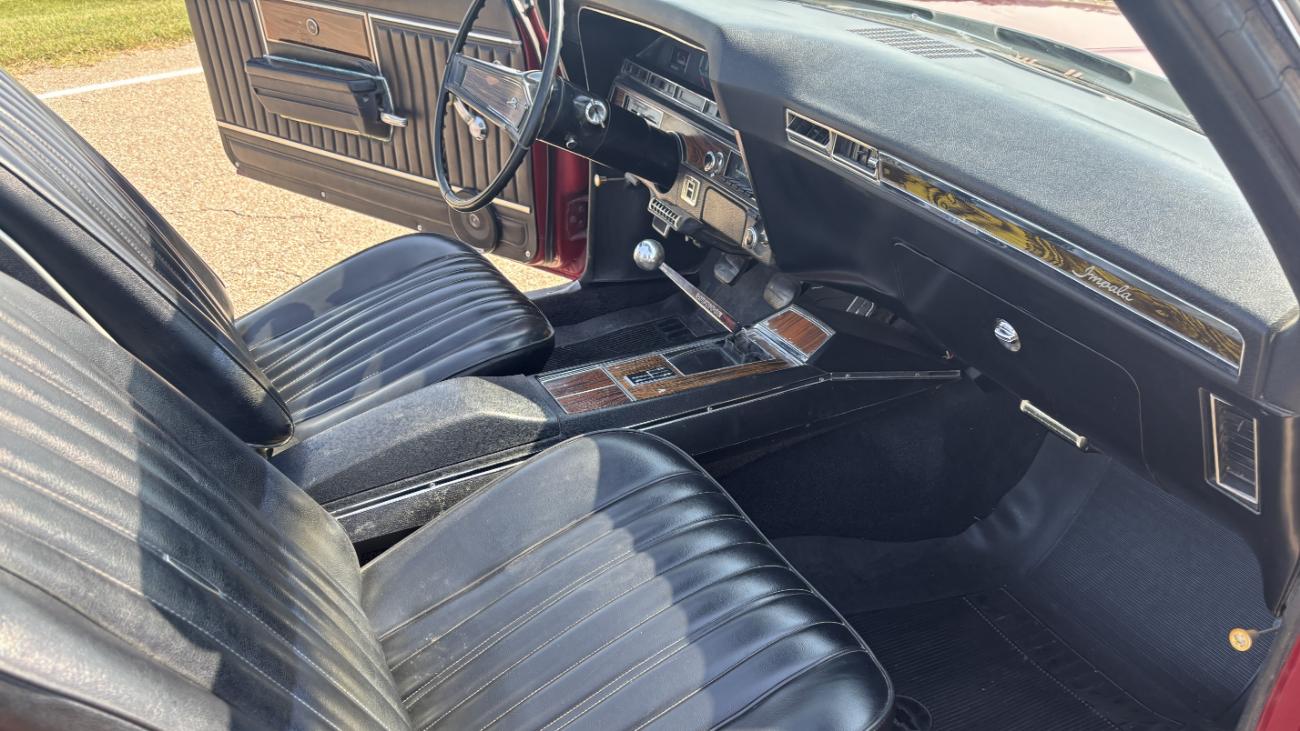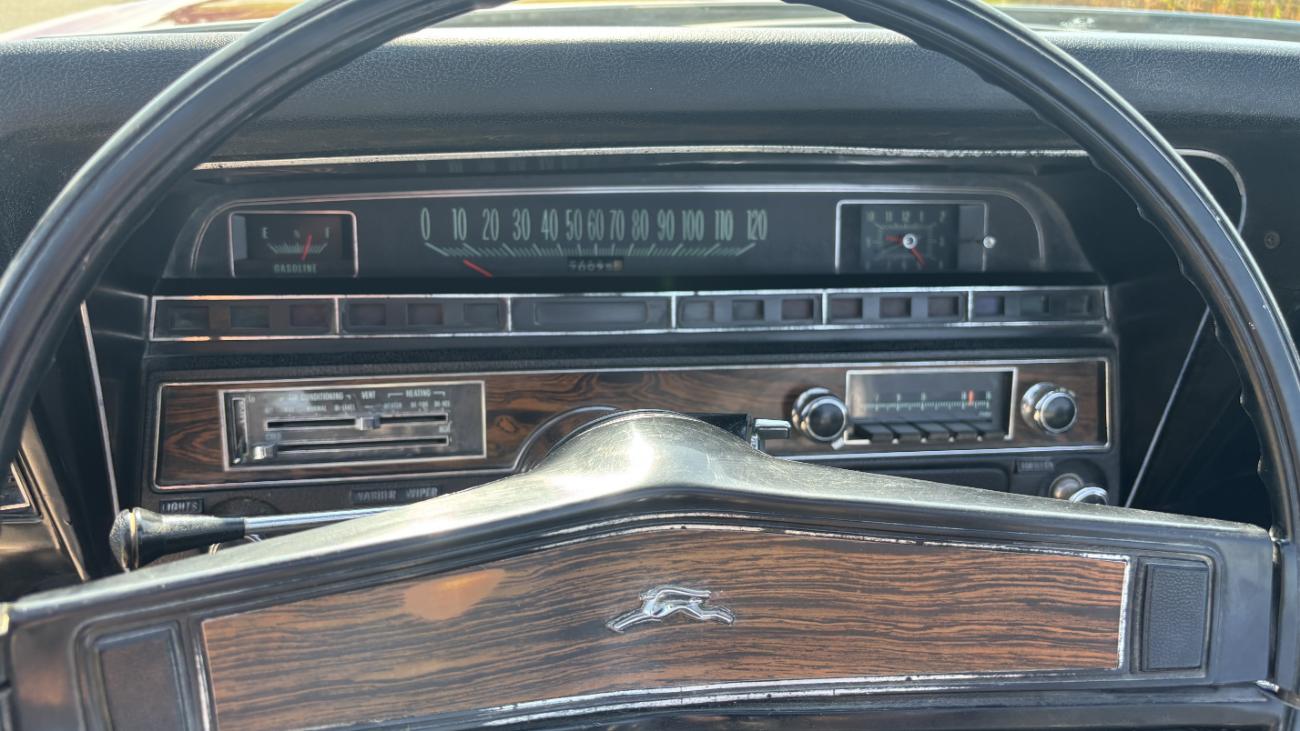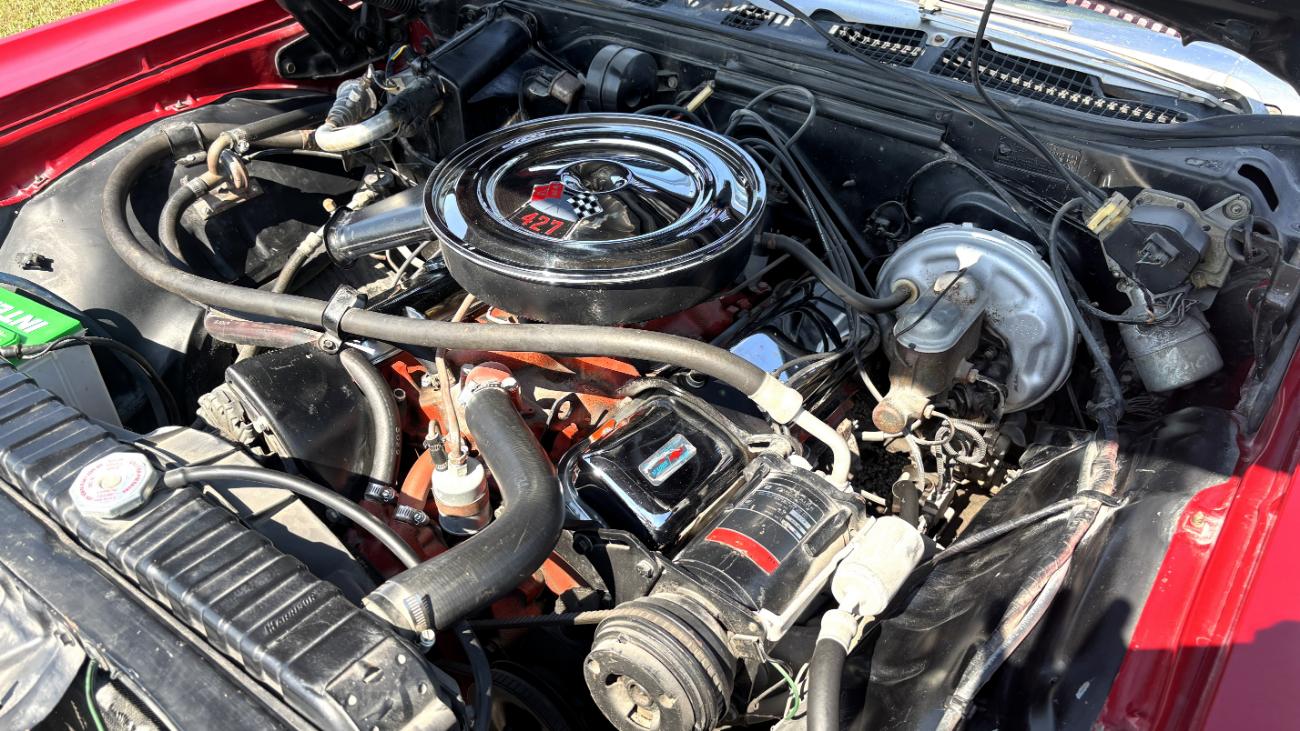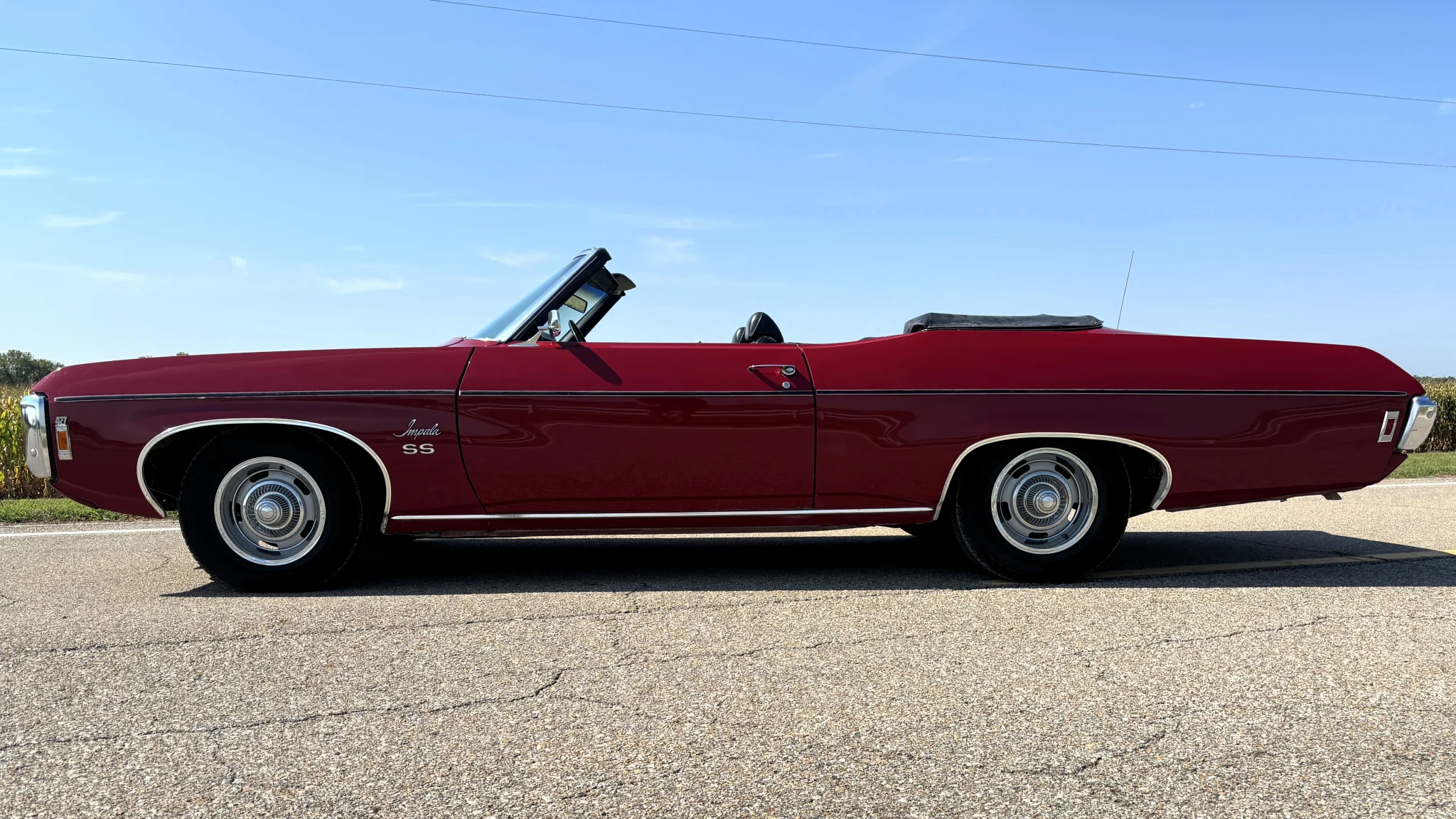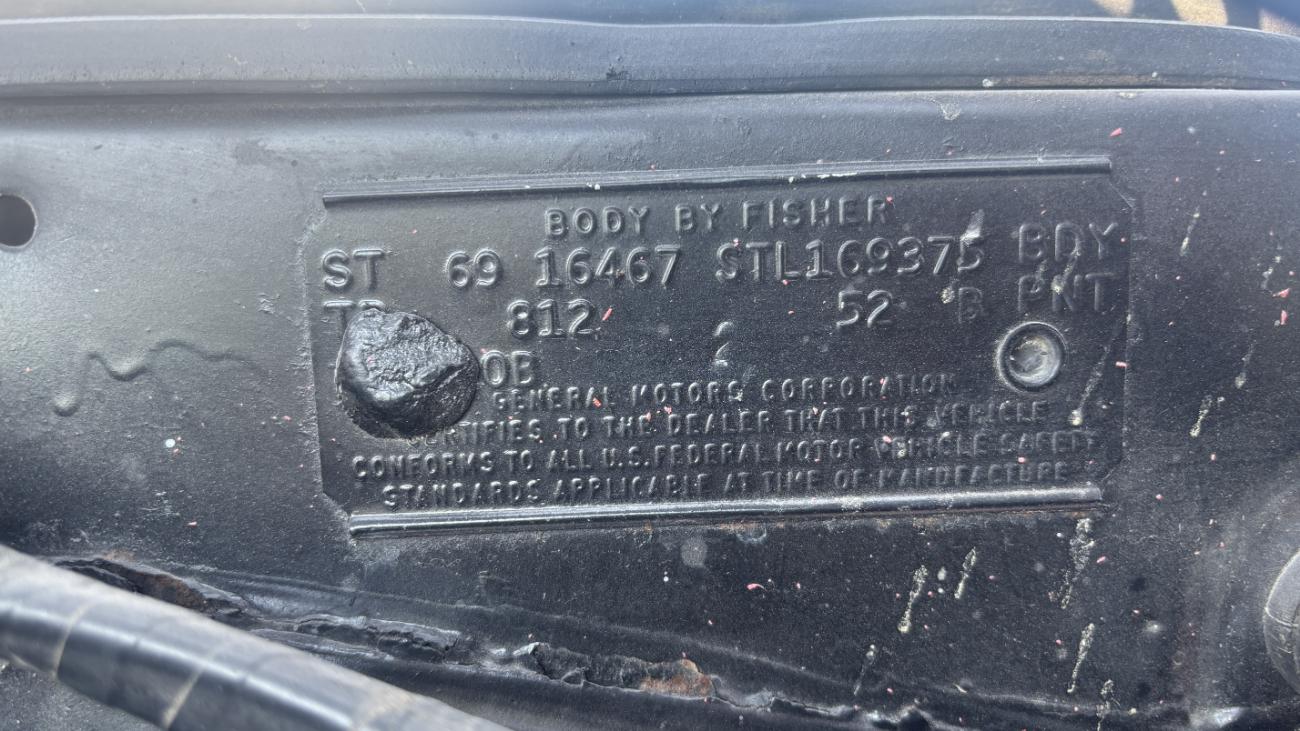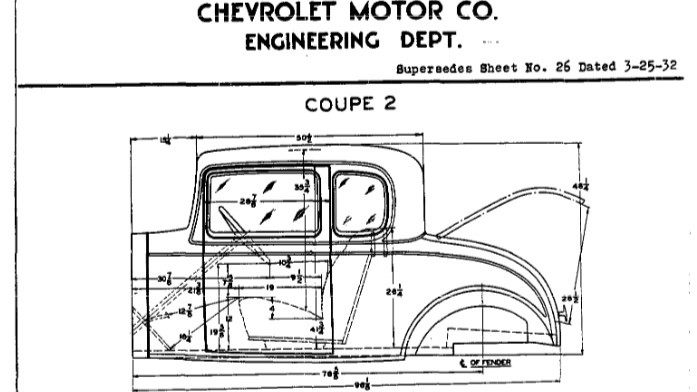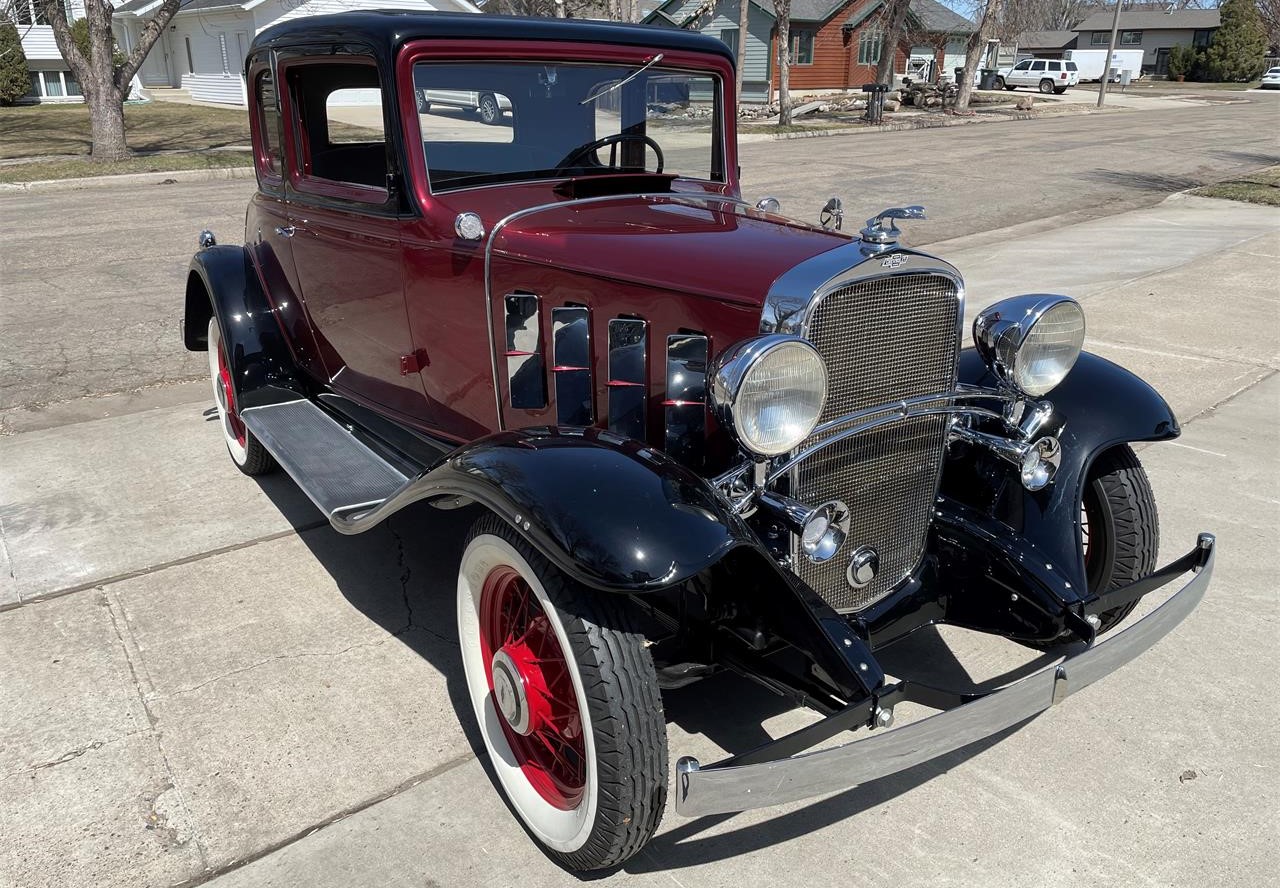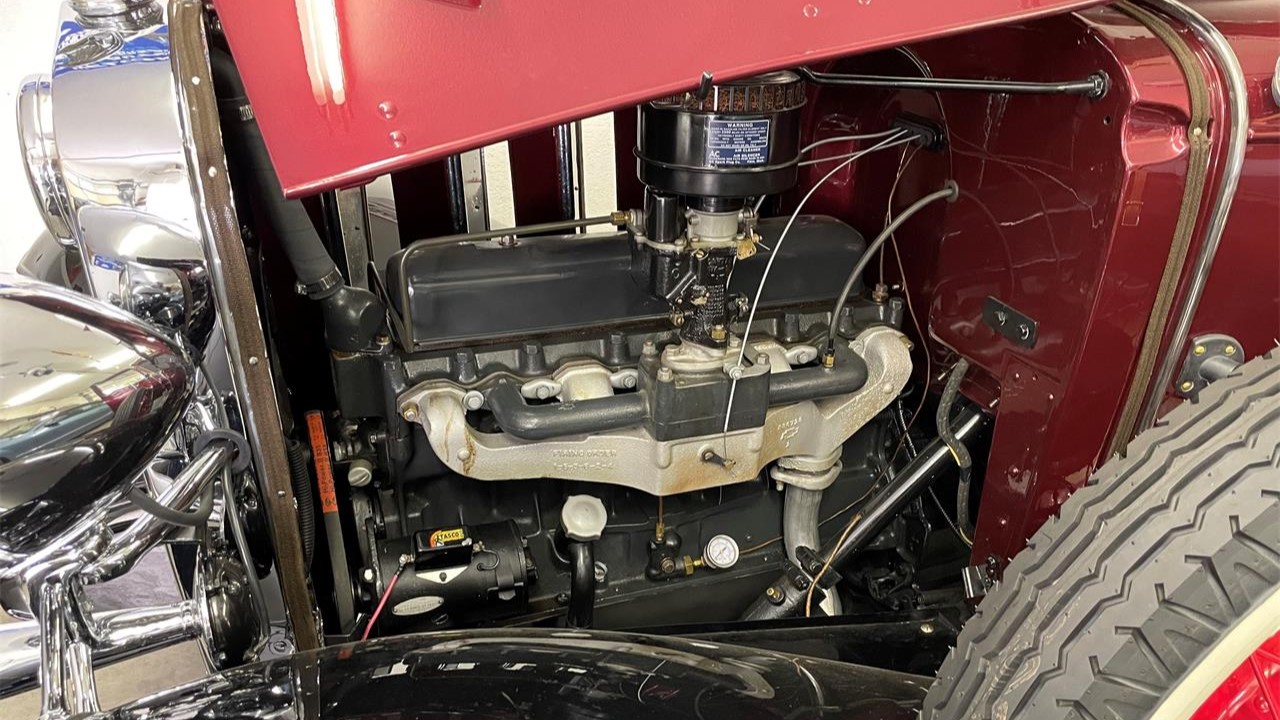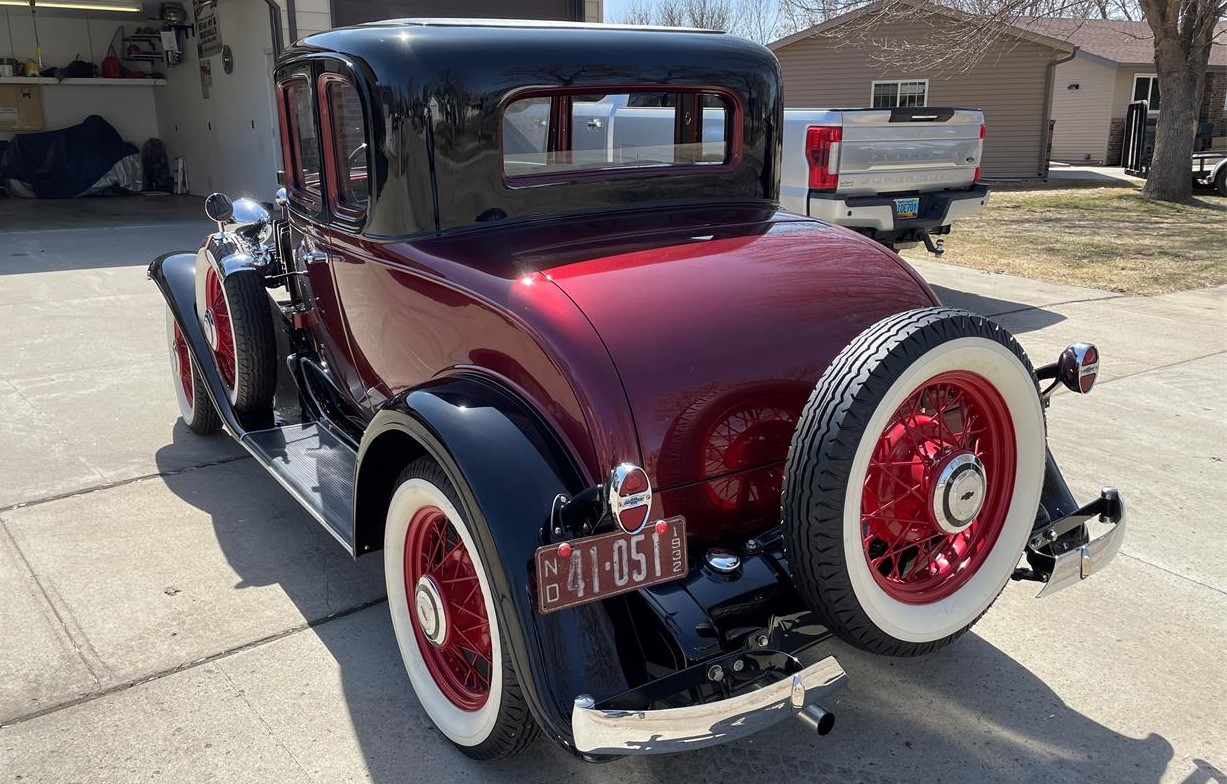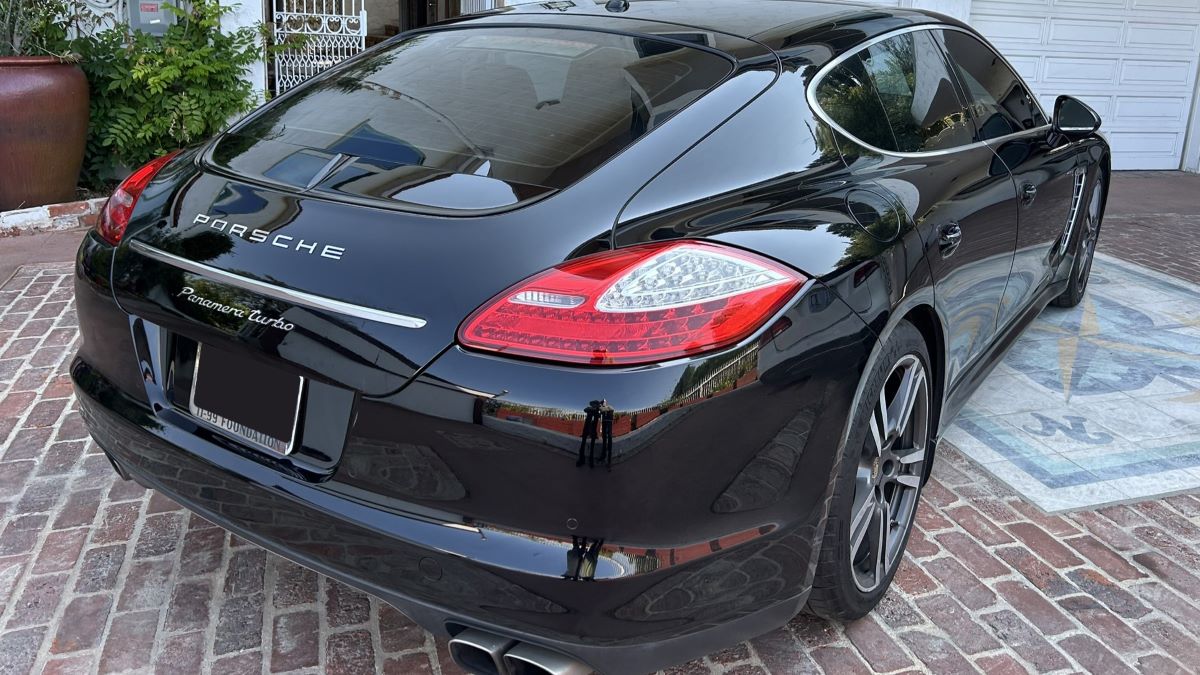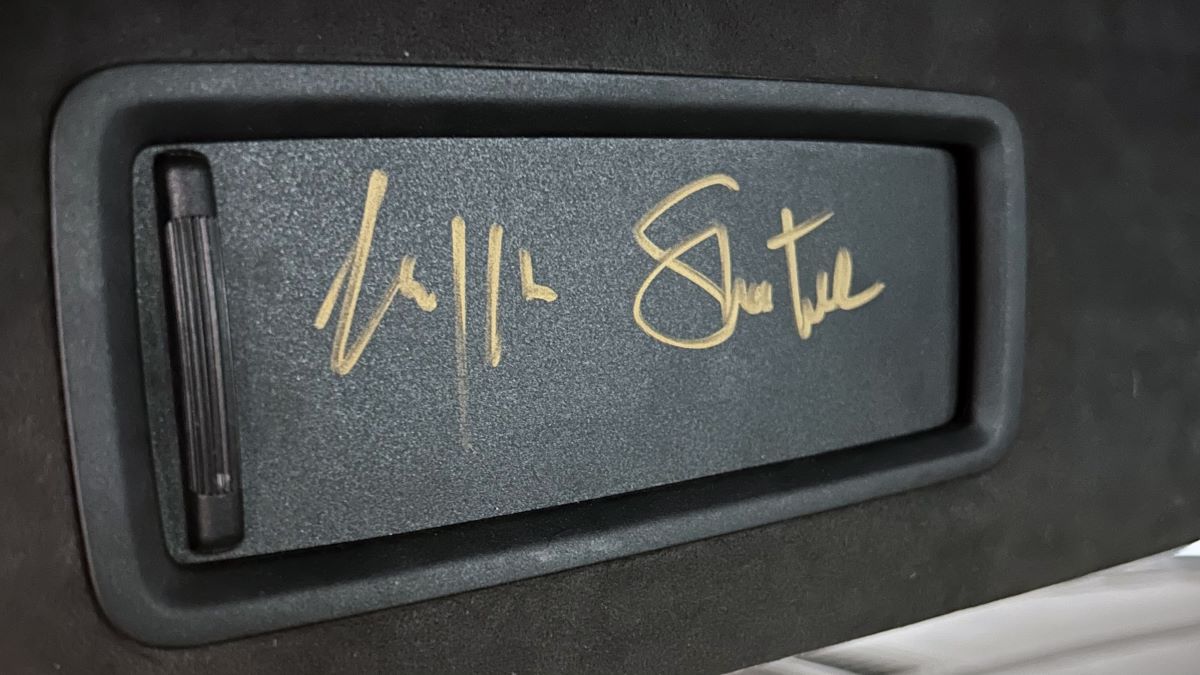The Suburban holds a longstanding name in households across America. After 90 years, 12 generations, and many millions of units sold, it has become a legend in American automotive history. It is also the only vehicle to ever receive a star at the Hollywood Walk of Fame—celebrity status indeed. We love square-body pickup trucks, but it isn’t very often that we get to talk about their people-hauling Suburban counterparts. The Pick of the Day is a 1989 Chevrolet Suburban listed for sale on ClassicCars.com by a private seller in Foira, Illinois.
“This is not your average Burb,” the listing says. “Was used to tow old cars to shows.”
The 1973-91 Suburban model was part of the C/K Series of General Motors’ full-sized truck series. It was a heavy-duty workhorse with an emphasis on brute power, and its truck-based underpinnings made it a capable rig for hauling and towing. As a people-mover or a cargo-hauler, its interior dimensions were vast, too (especially with the rear seats removed). One of Chevrolet’s advertisements said, “No ordinary wagon has its capacity to do the job.”
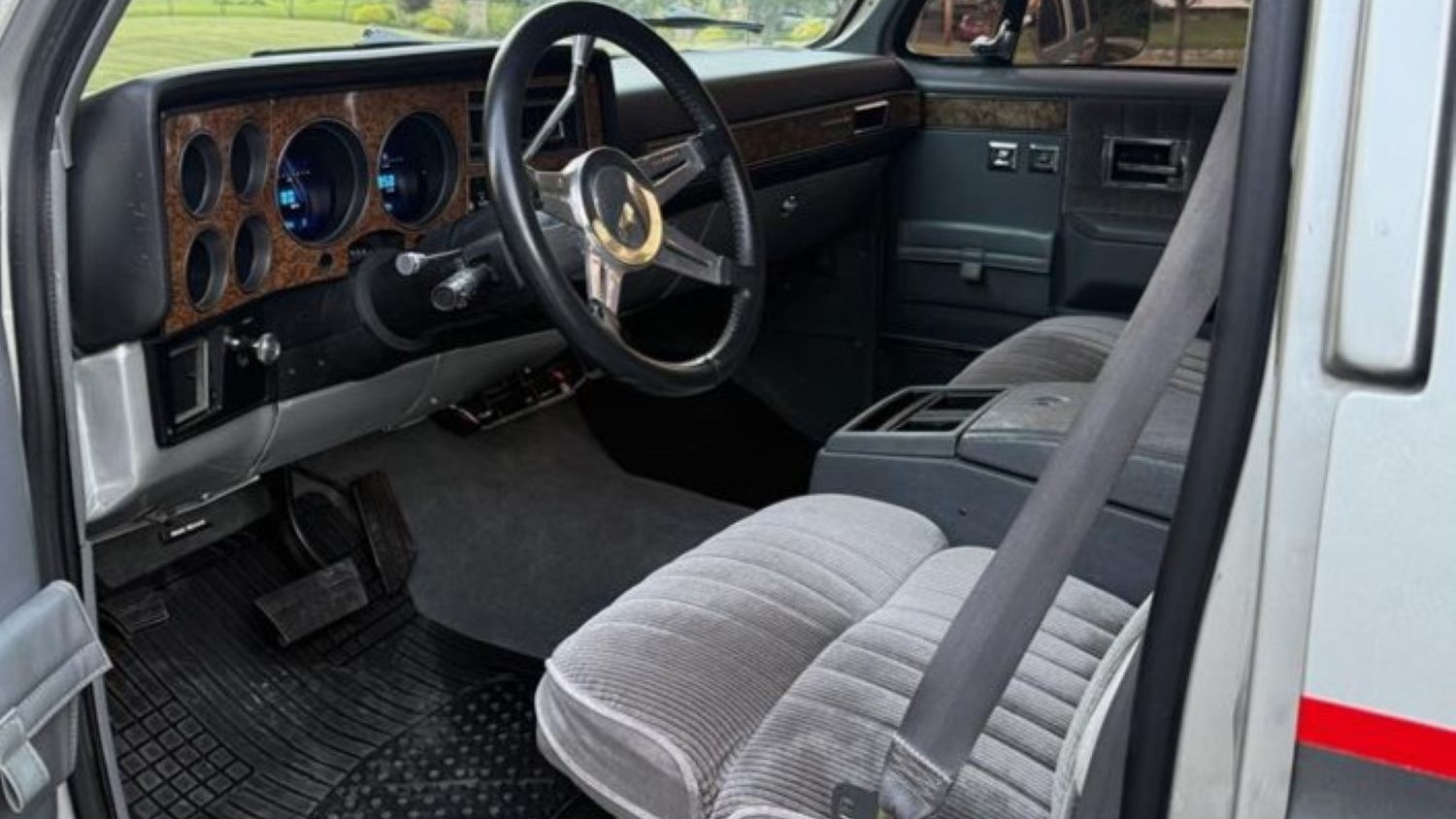
The custom exterior color scheme for this Suburban is attractive and complementary. I like the subtle red pinstripe to go with the otherwise neutral palette. The tinted windows, upgraded wheels, and dual exhaust system give the otherwise very flat body an element of pizzazz. The interior has been similarly upgraded with a set of Dakota Digital gauges and a Lecarra leather-wrapped steering wheel.
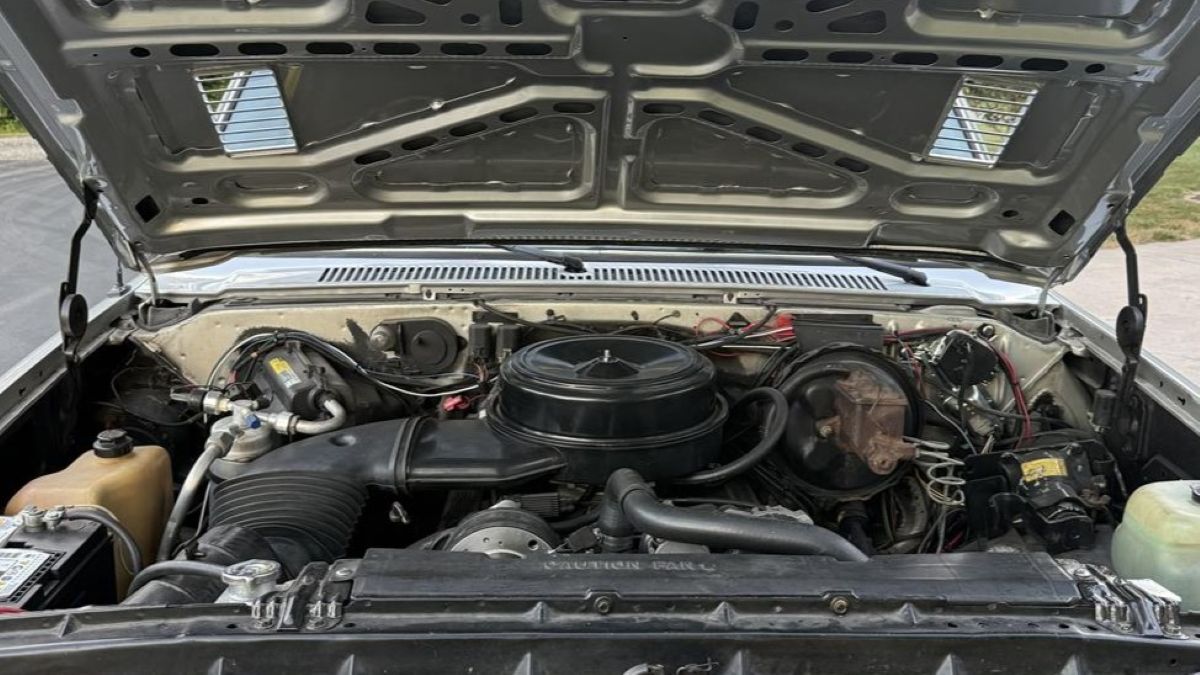
Towing capability comes from a rebuilt 454ci big-block V8 mated to a TH400 three-speed automatic transmission. The Suburban certainly won’t excel at fuel economy (it’s probably lucky to get 10 mpg, like my F-Series) but, if your primary use for the vehicle is occasional weekend towing, it will certainly be up to the task. Mechanical upgrades according to the seller include a new radiator, ceramic-coated headers, three-inch exhaust system, Gear Vendors overdrive unit, and rebuilt suspension with Ridetech airbags.
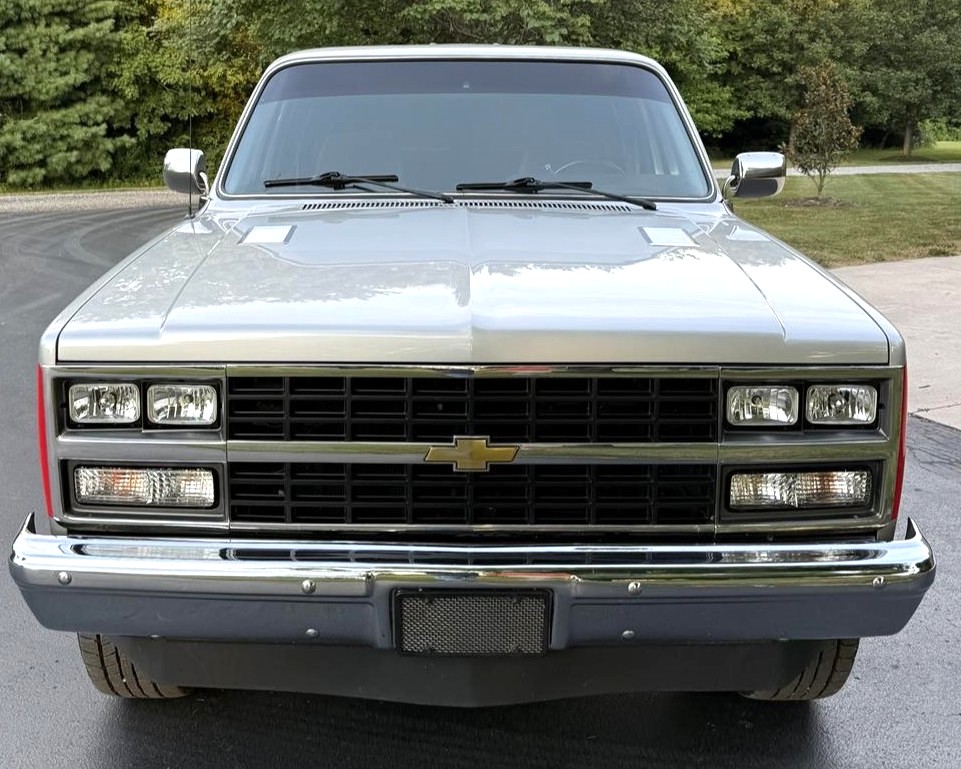
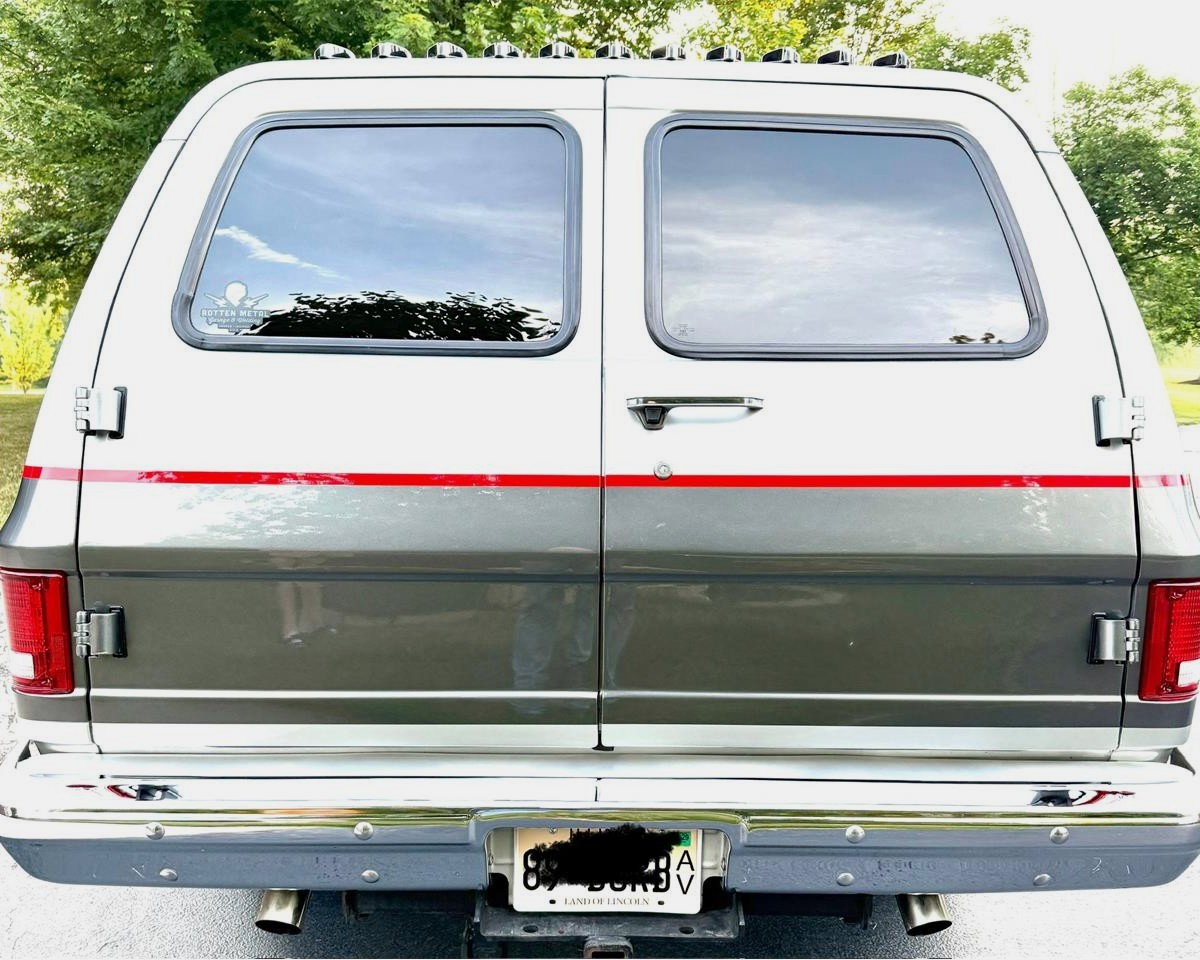
The Suburban, while to some not a practical everyday driver, has classic appeal and is suited to people who want vintage style with the added benefit of utility. What kind of toys do you need to haul around? There probably isn’t much this beast can’t handle.
“Time for someone else to hopefully enjoy as much as I have,” the listing concludes.
The asking price is $30,000.
Click here to view this Pick of the Day on ClassicCars.com

